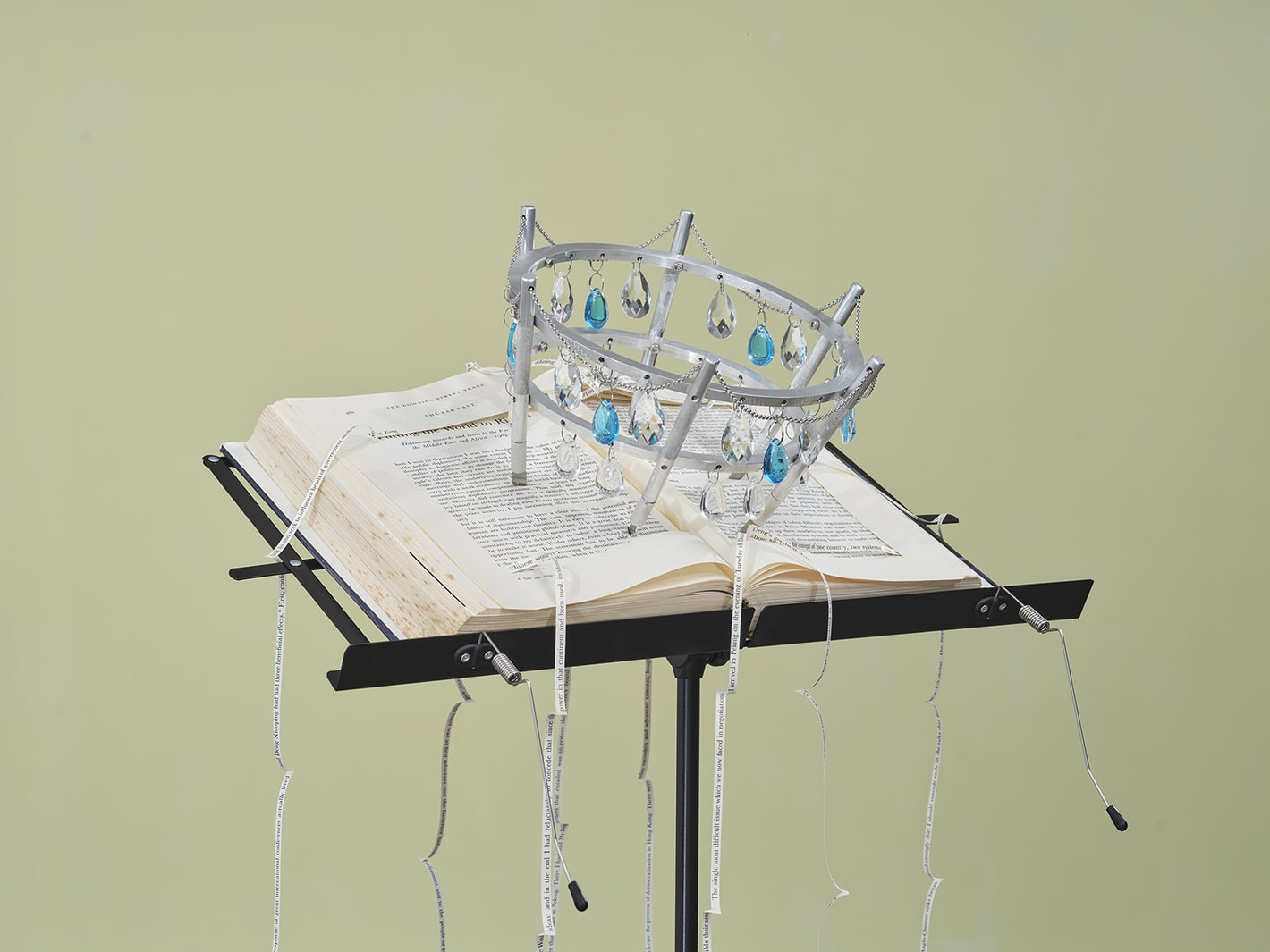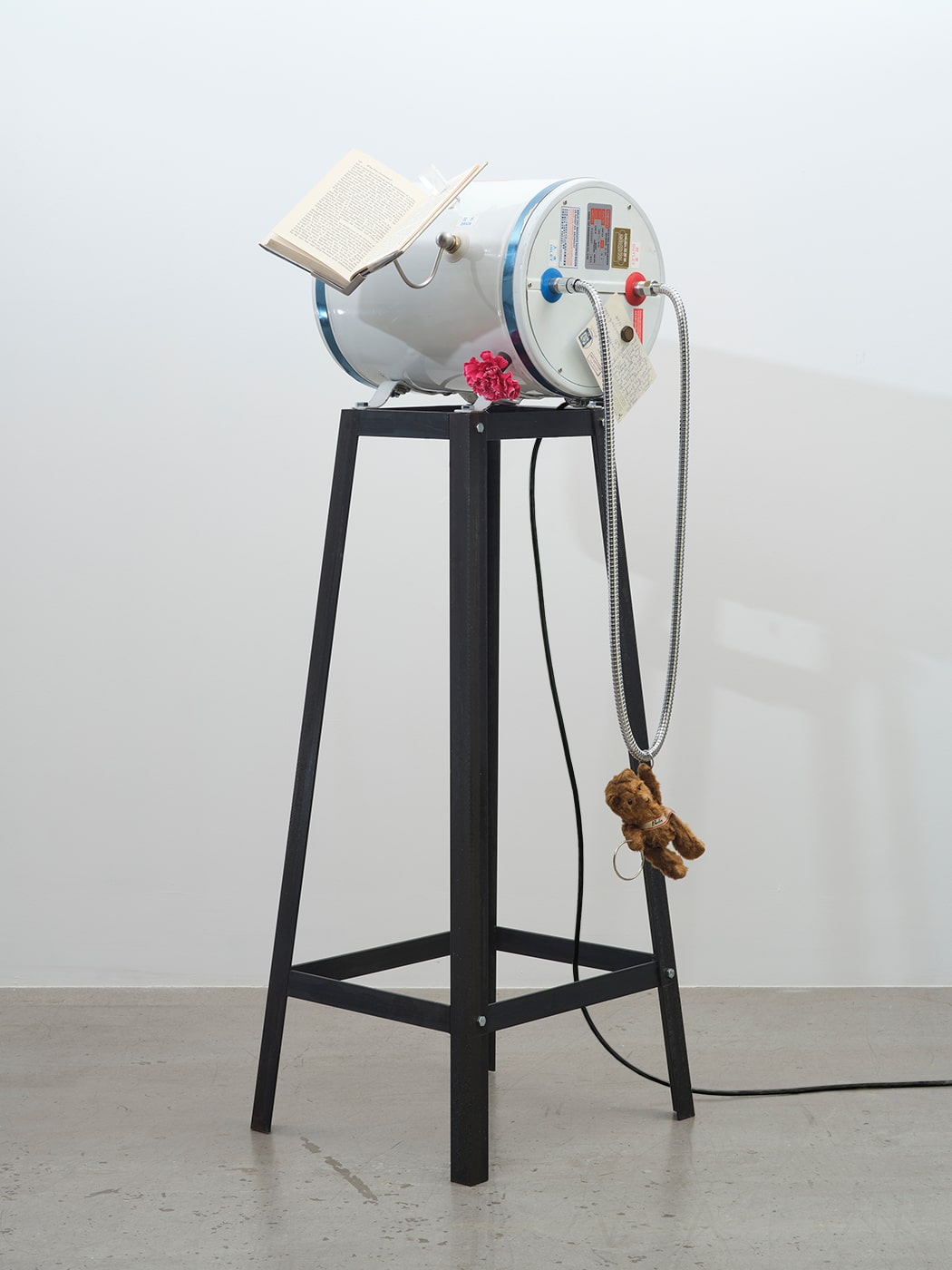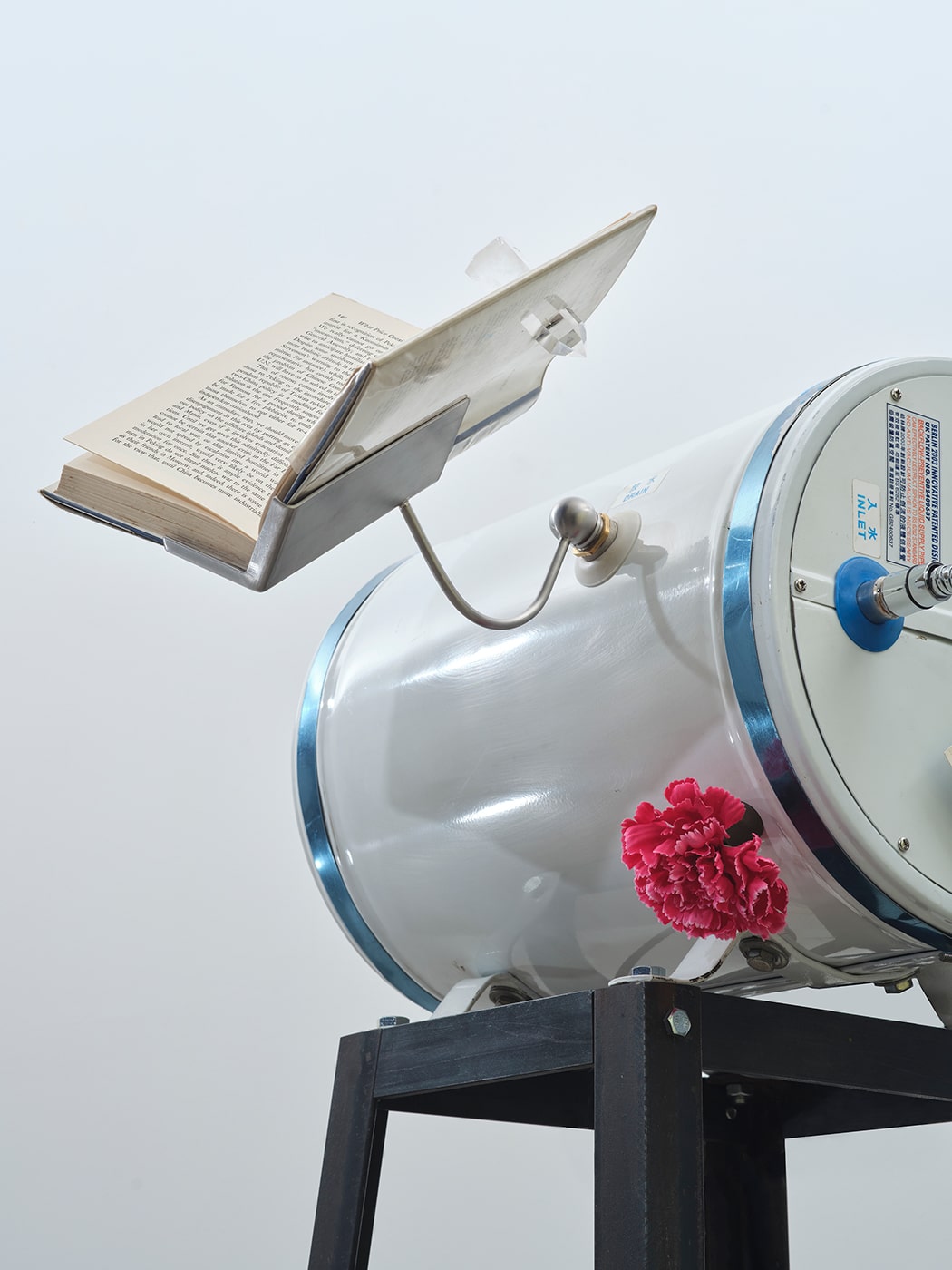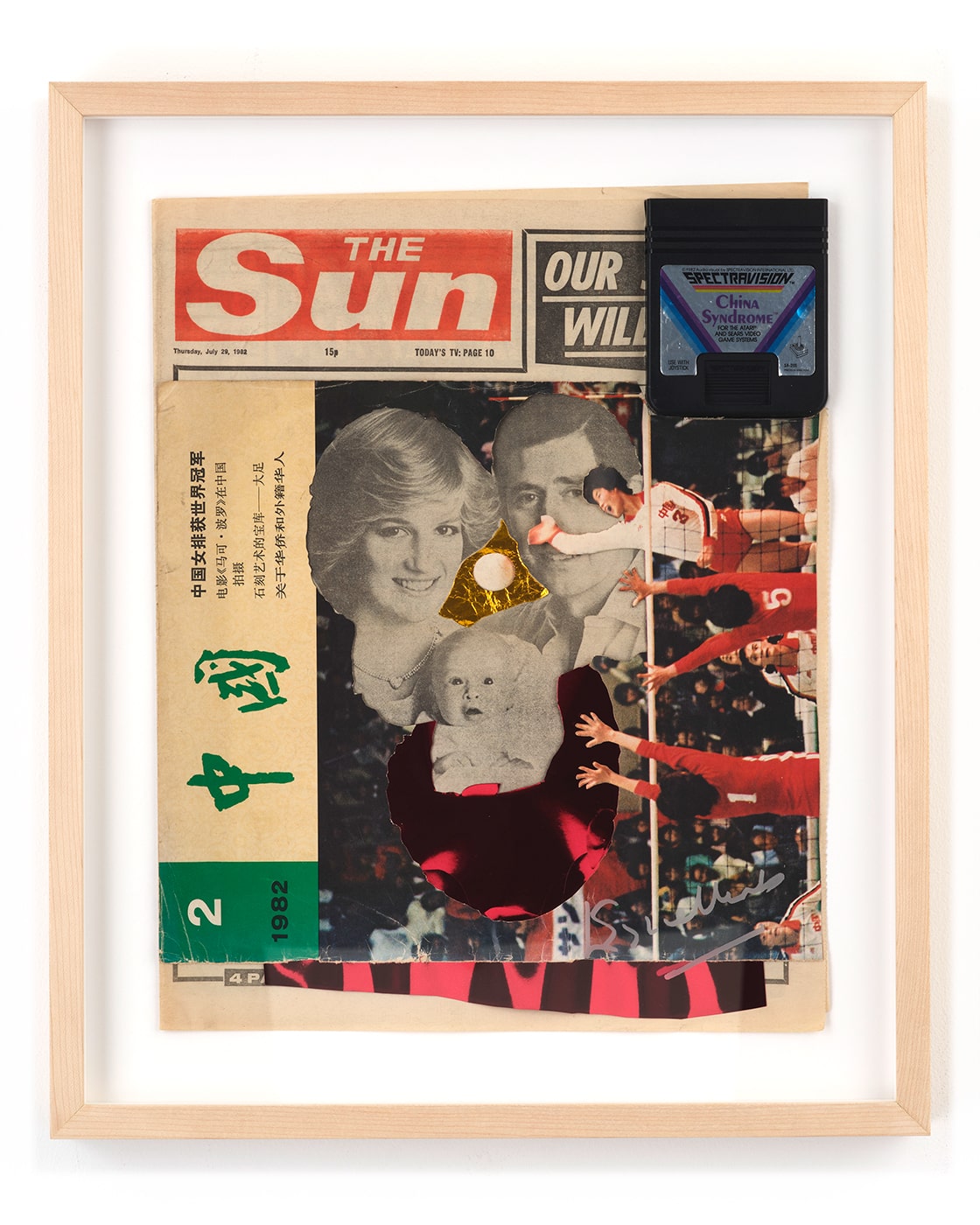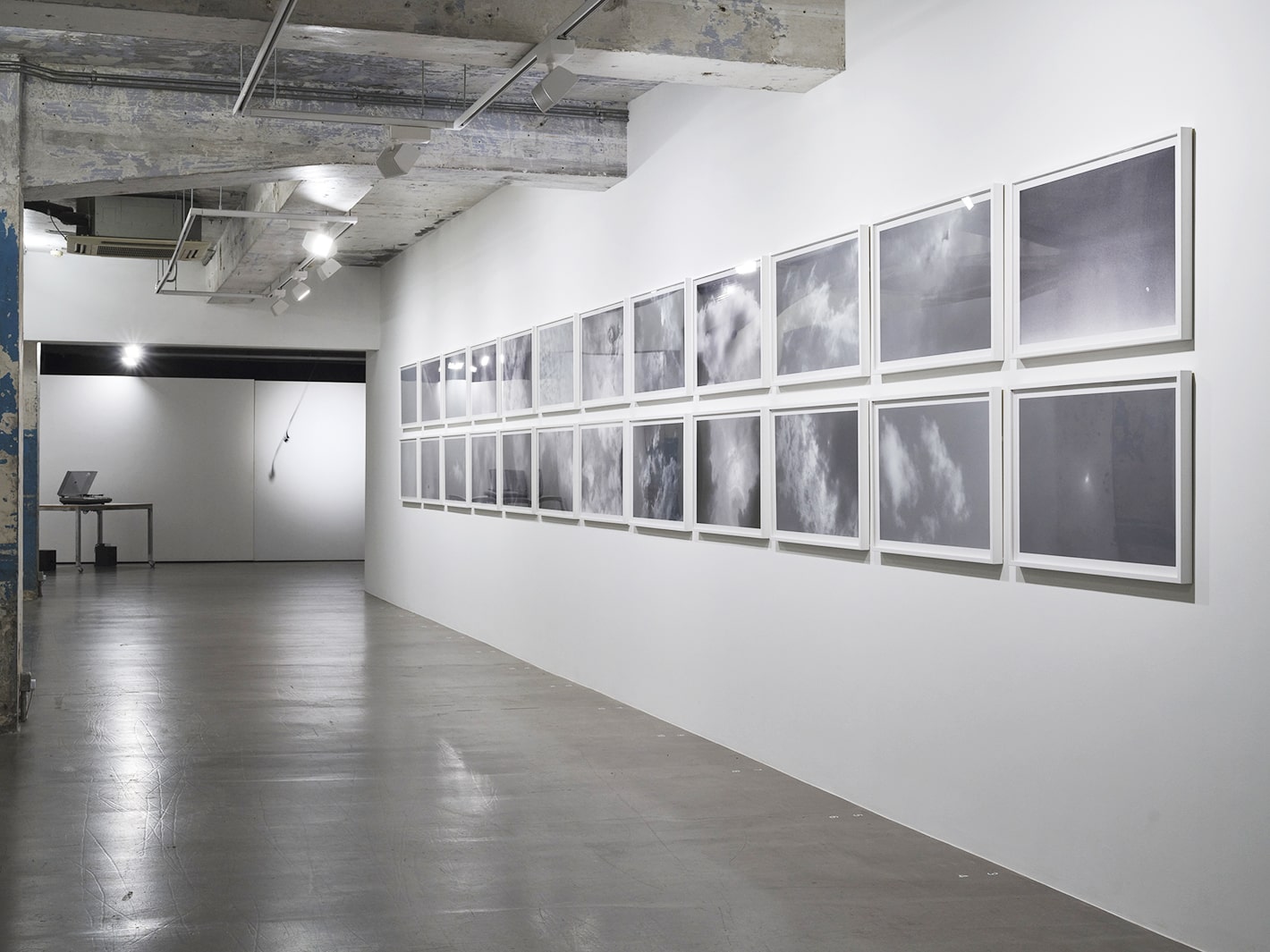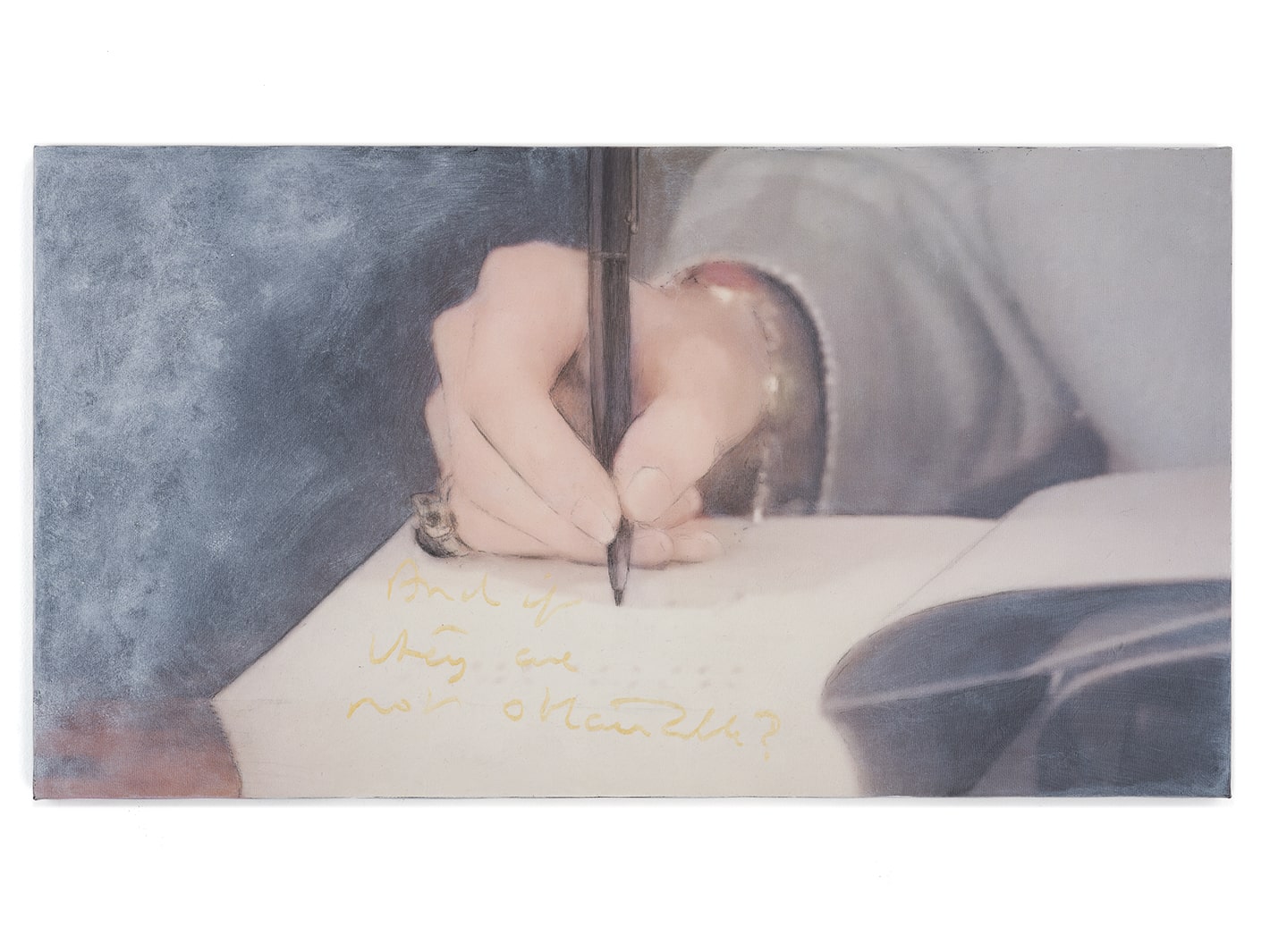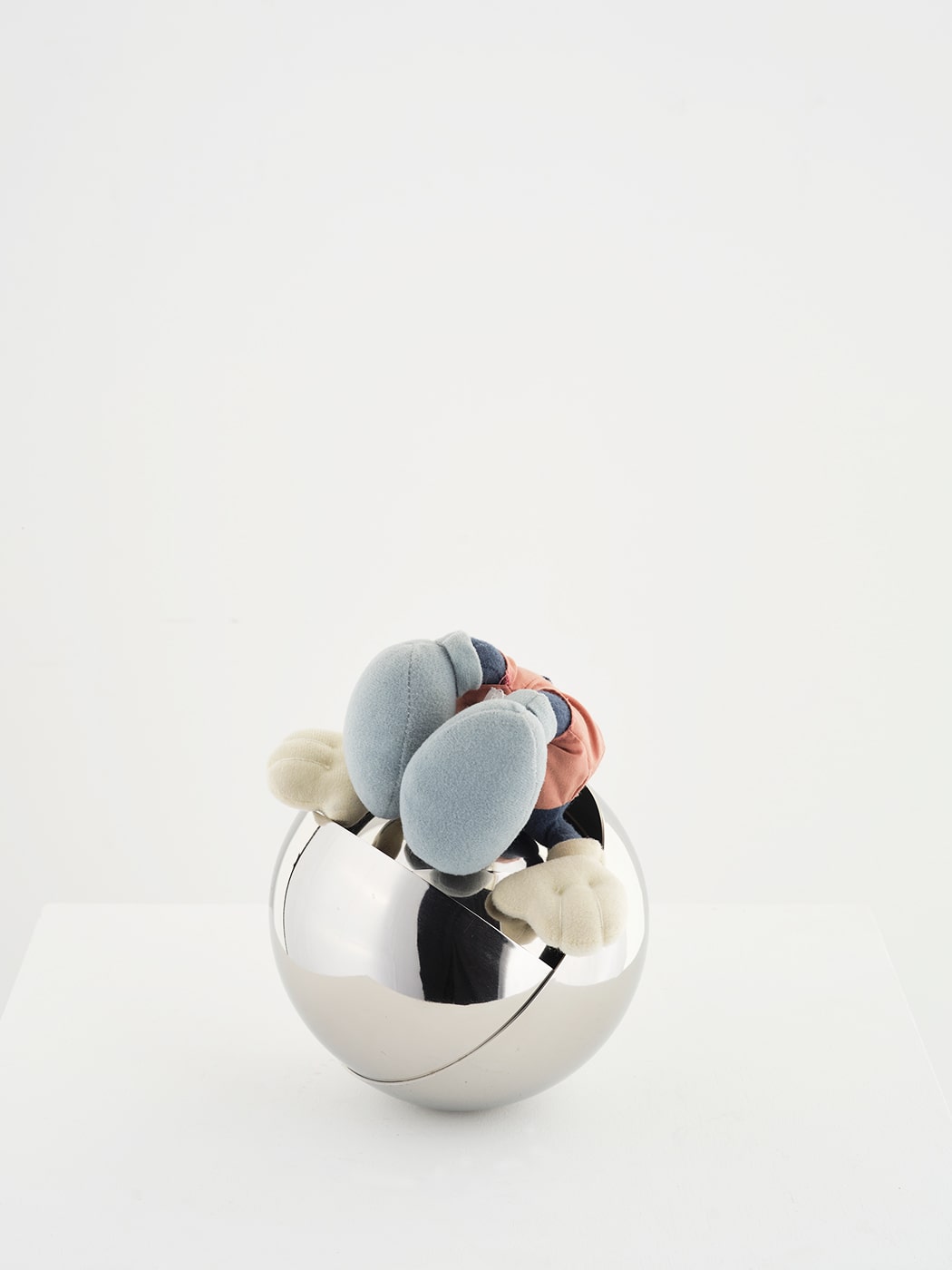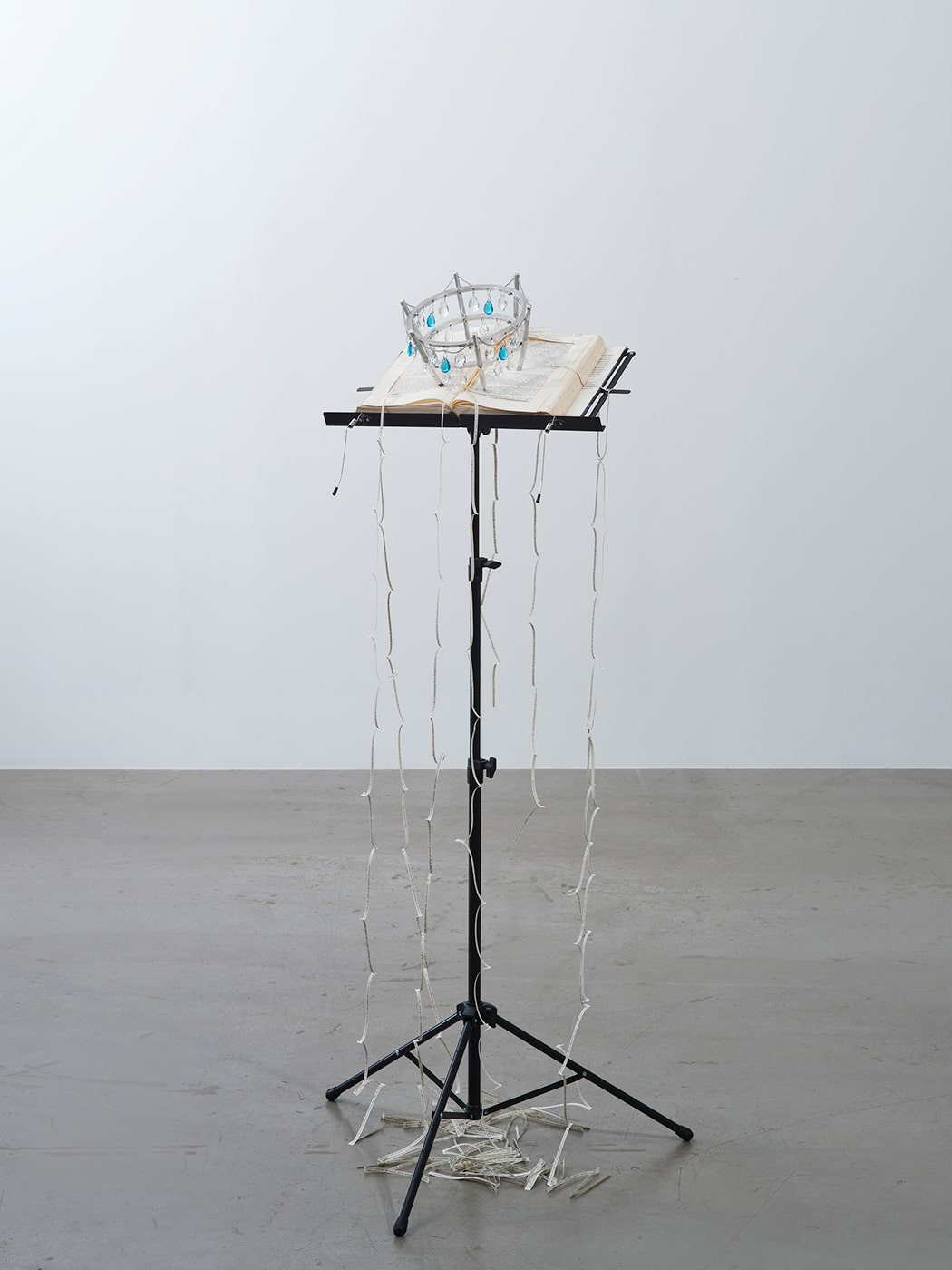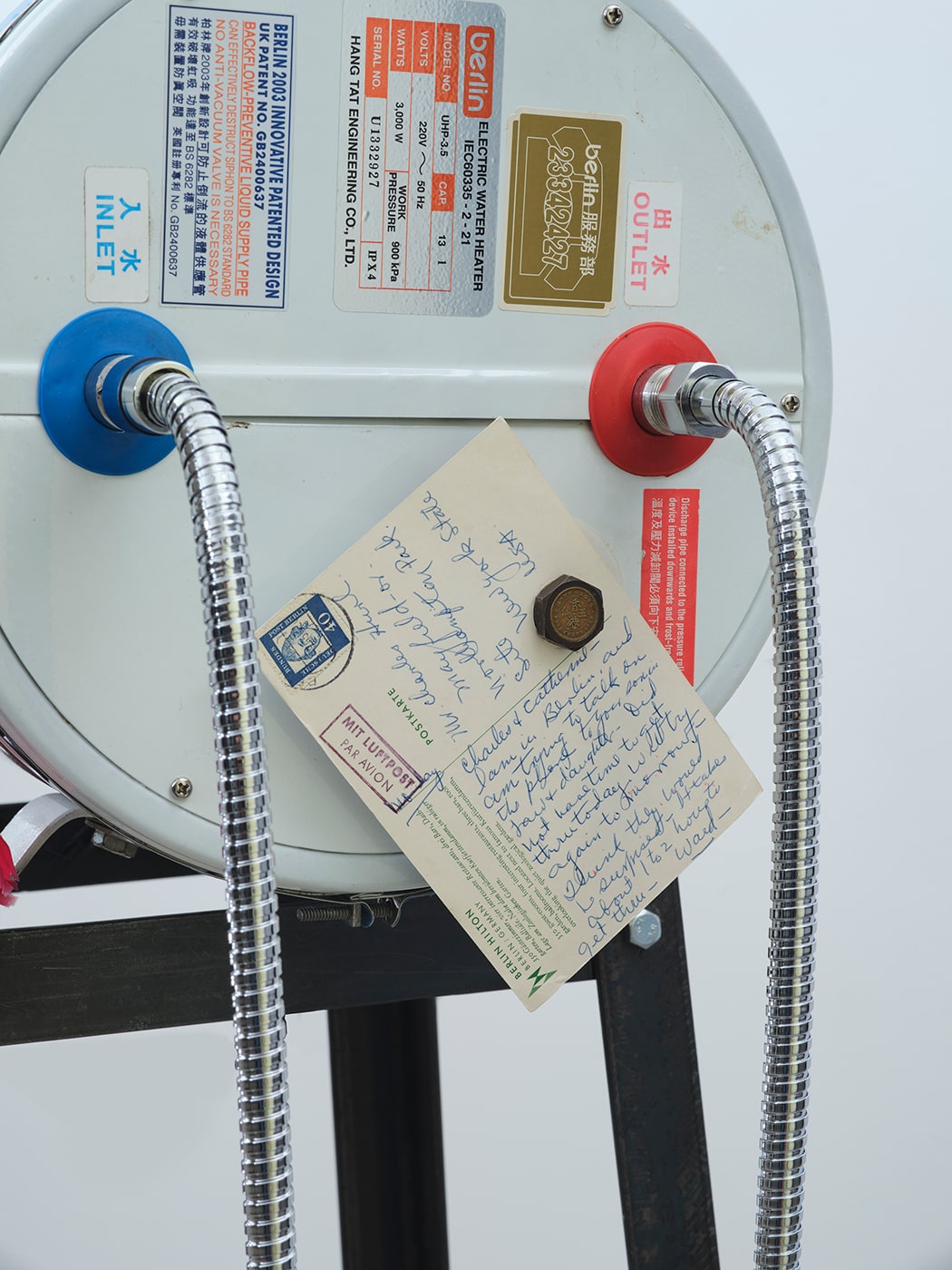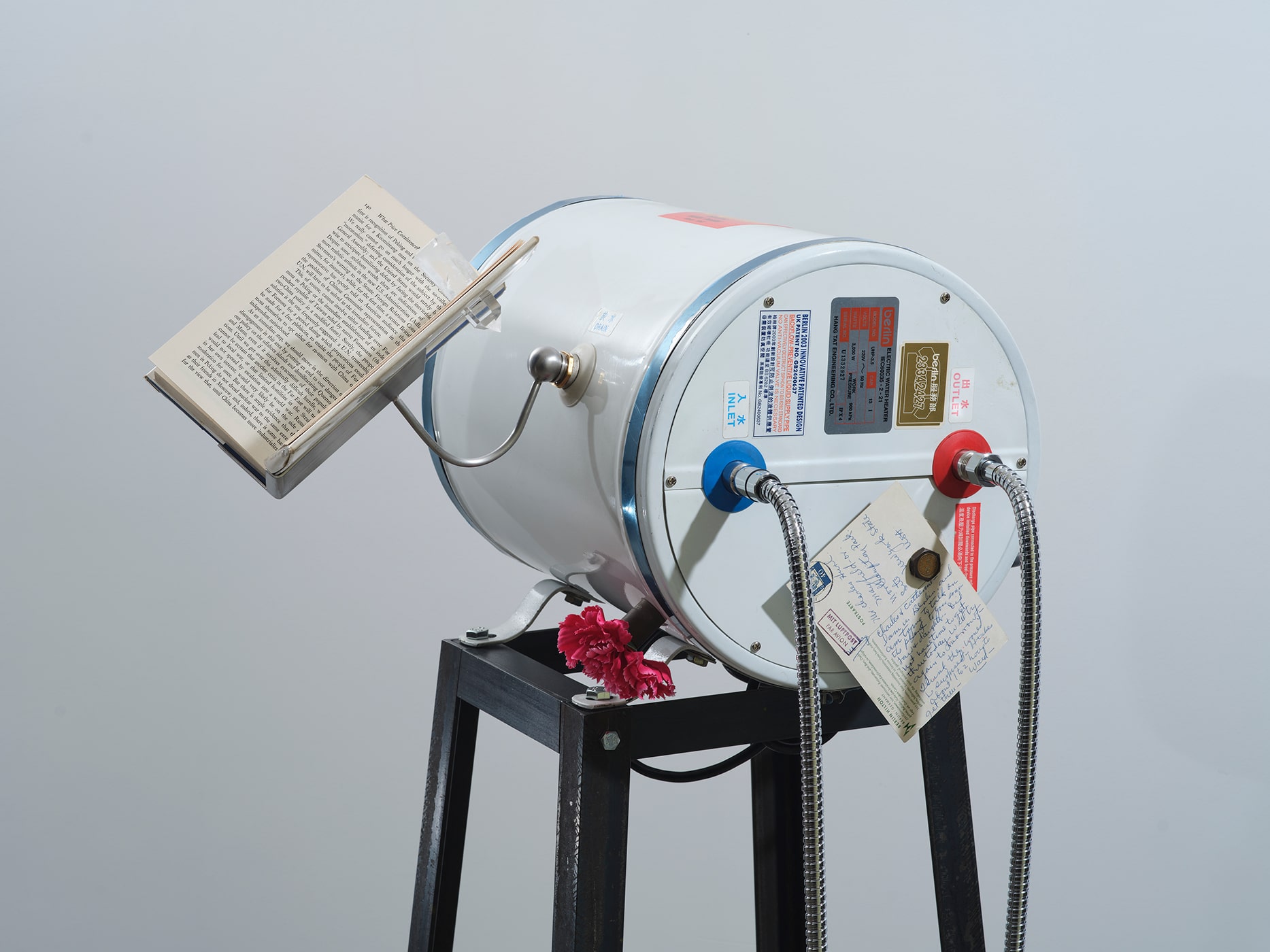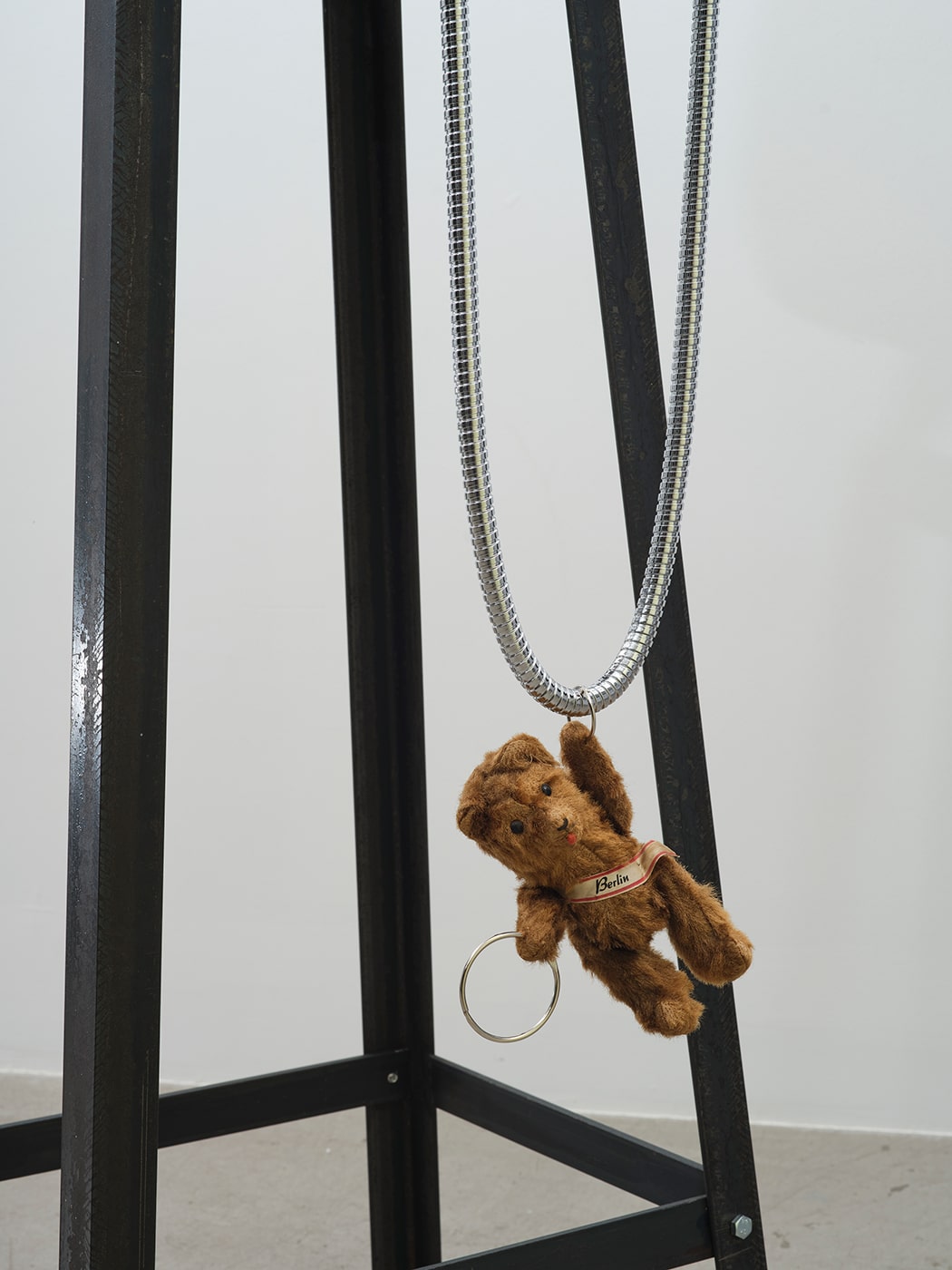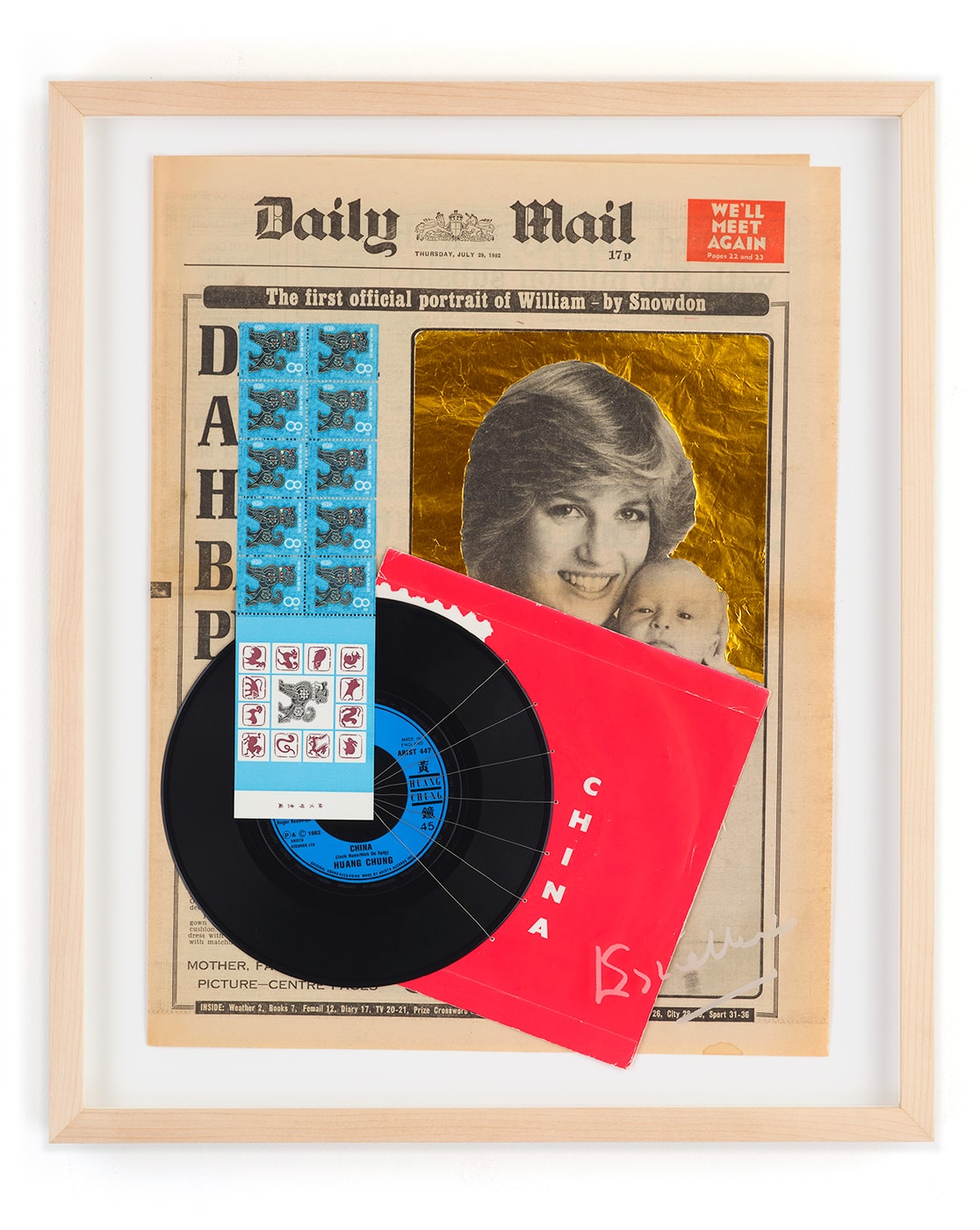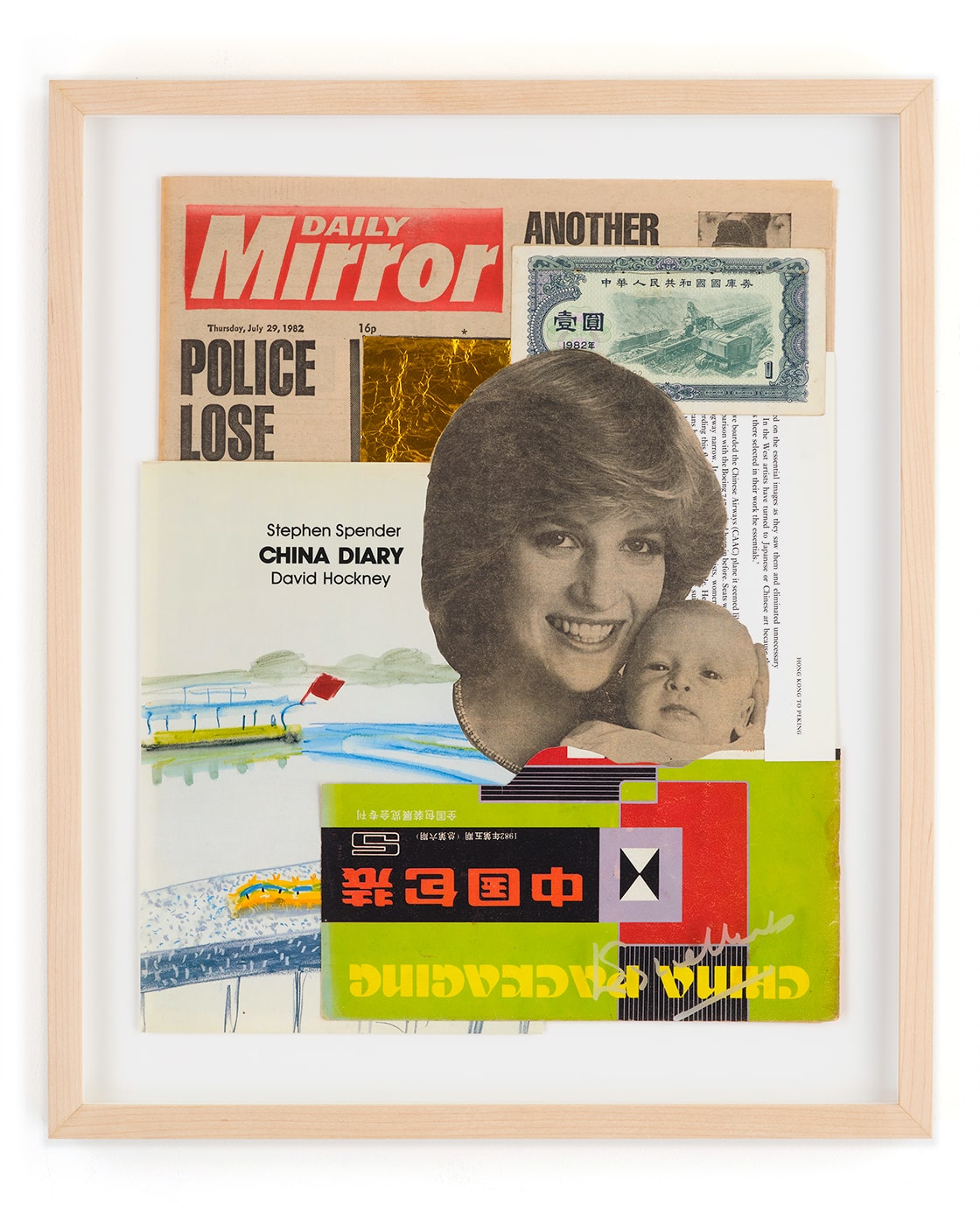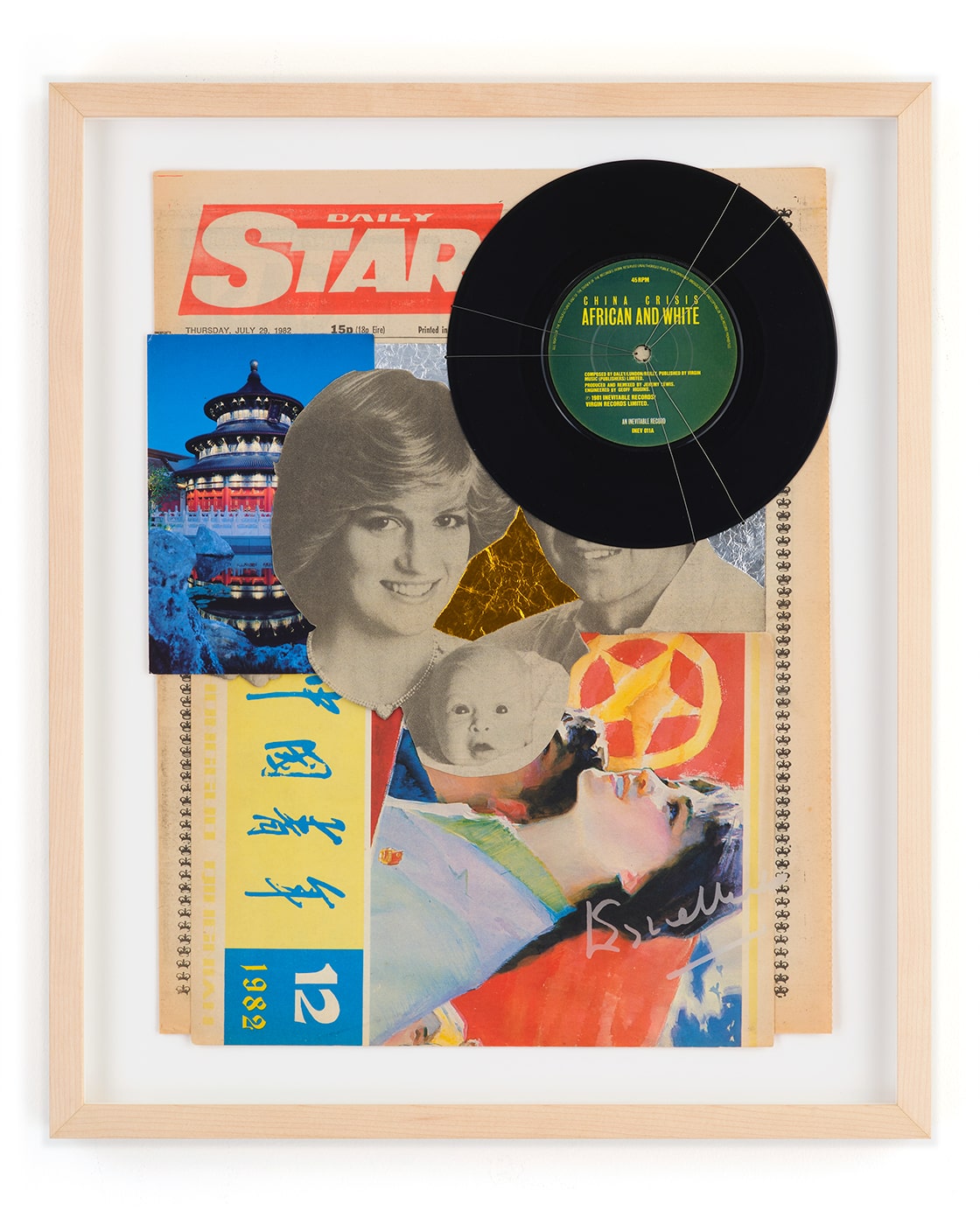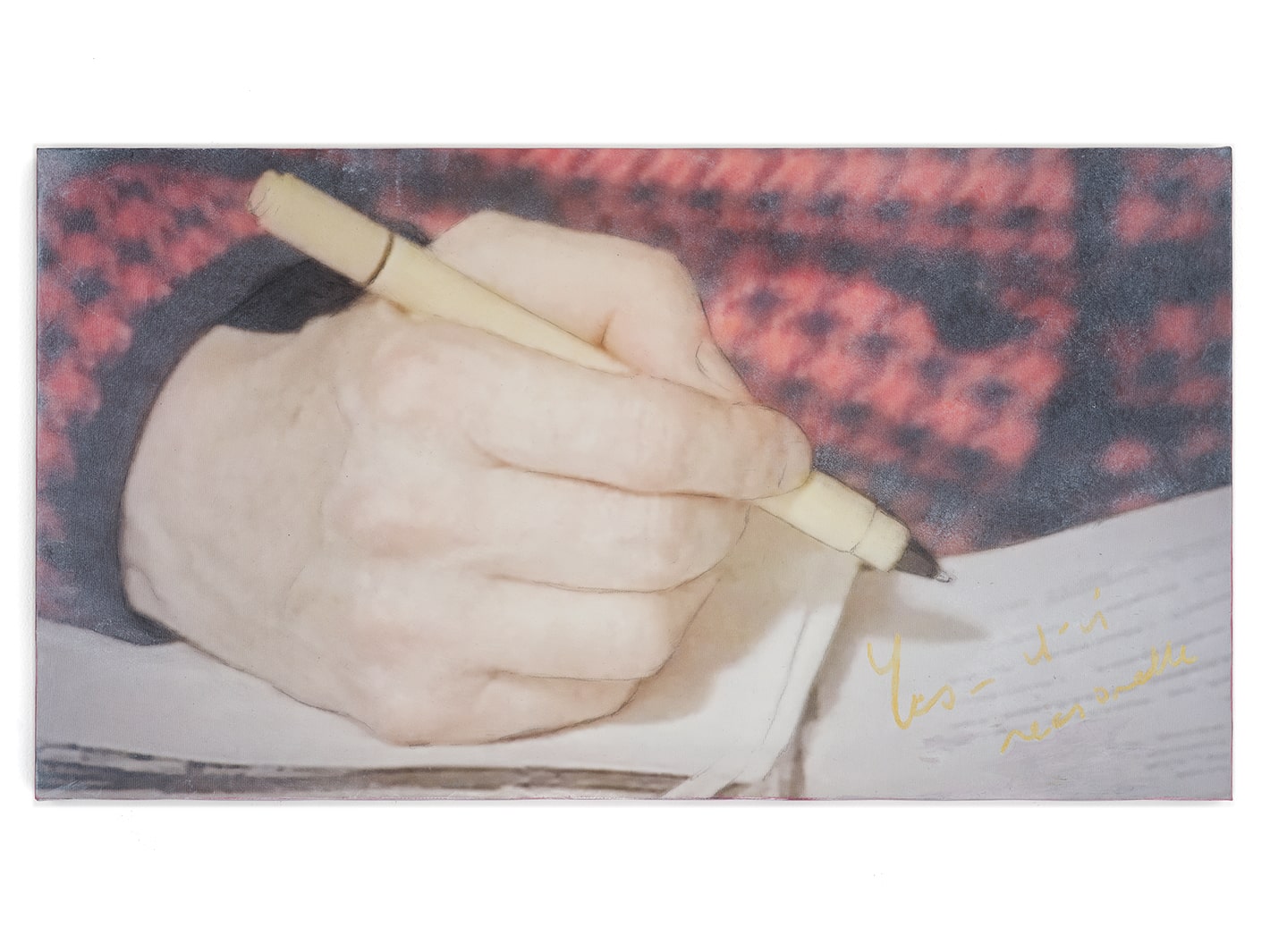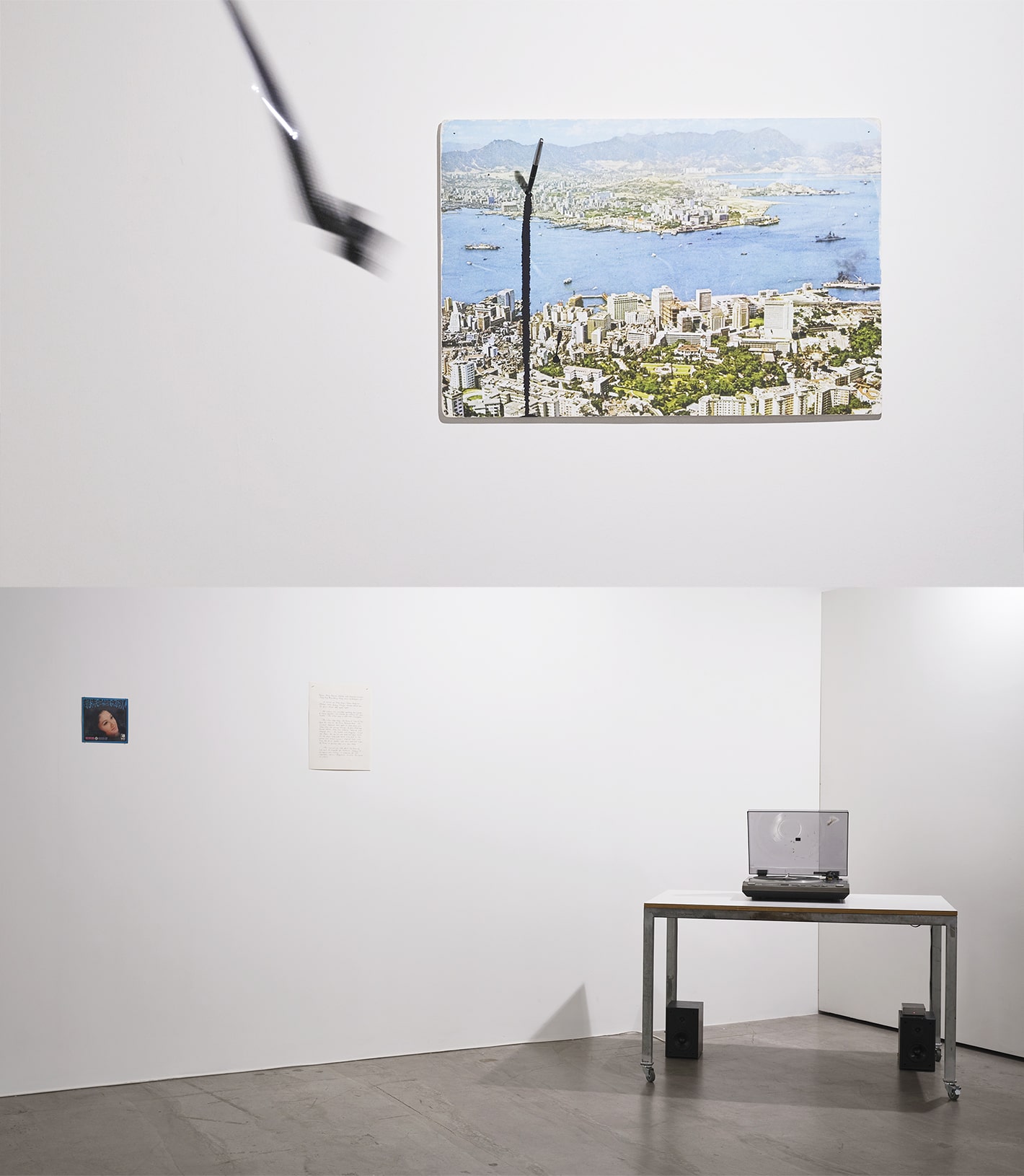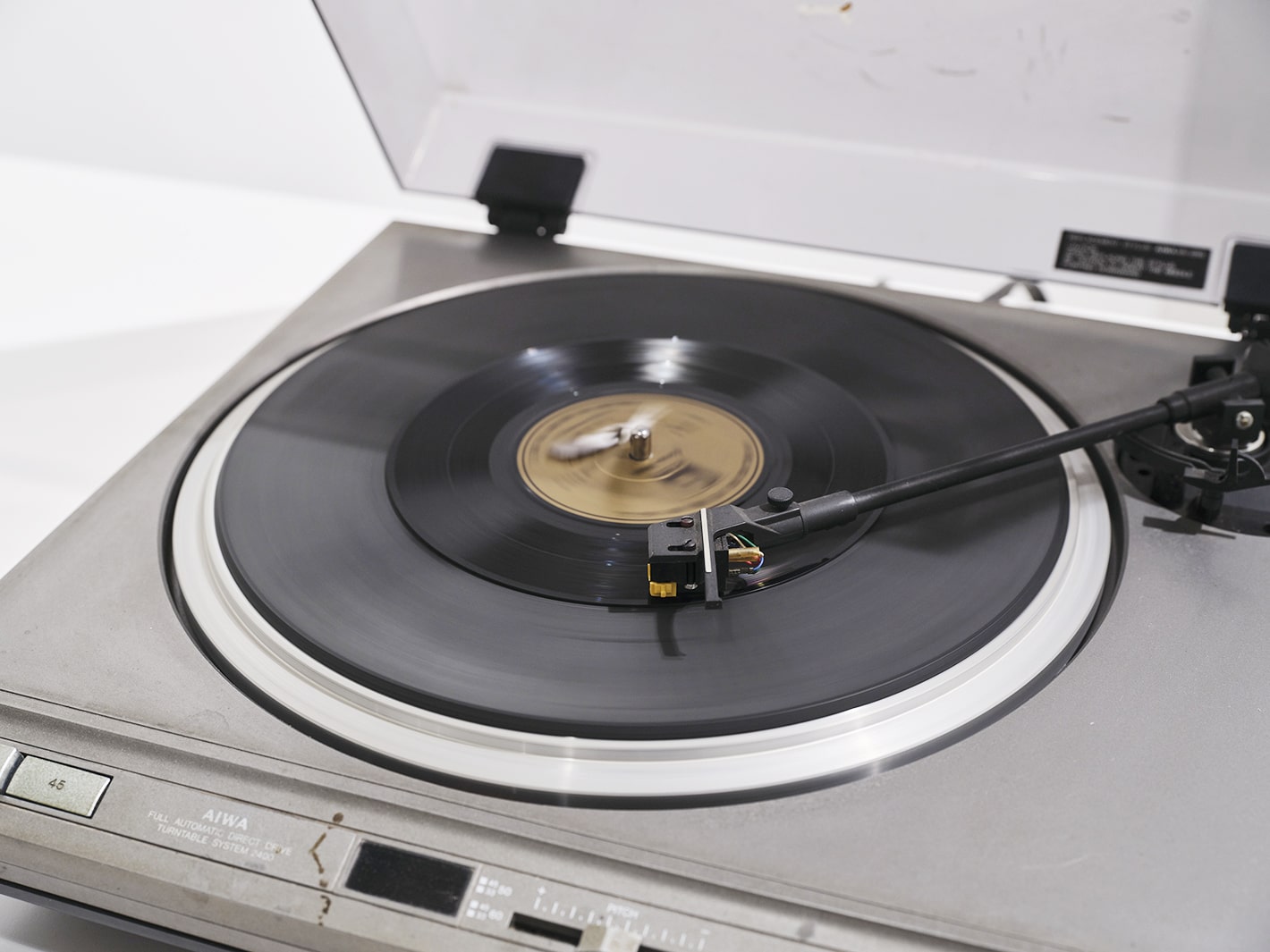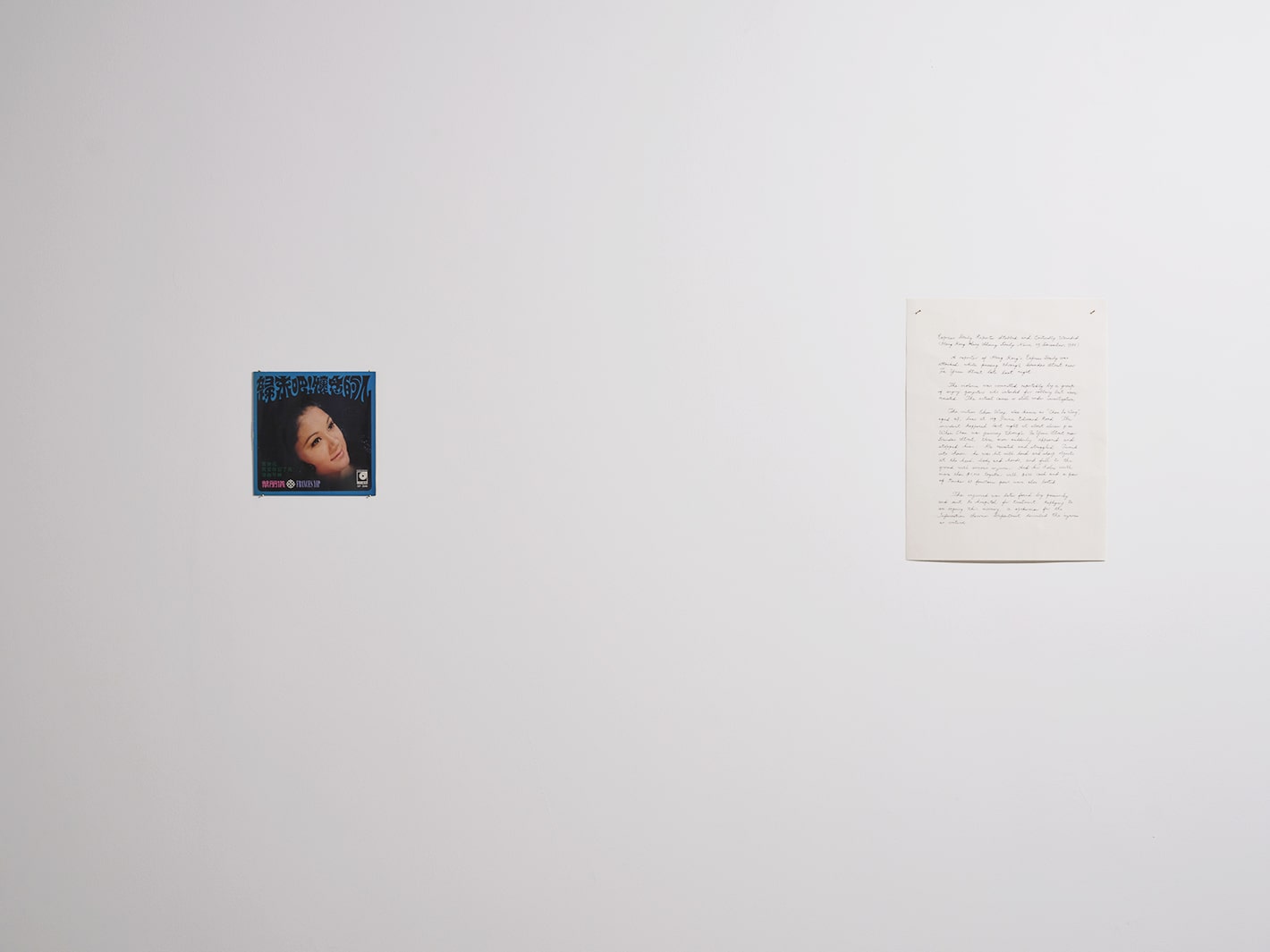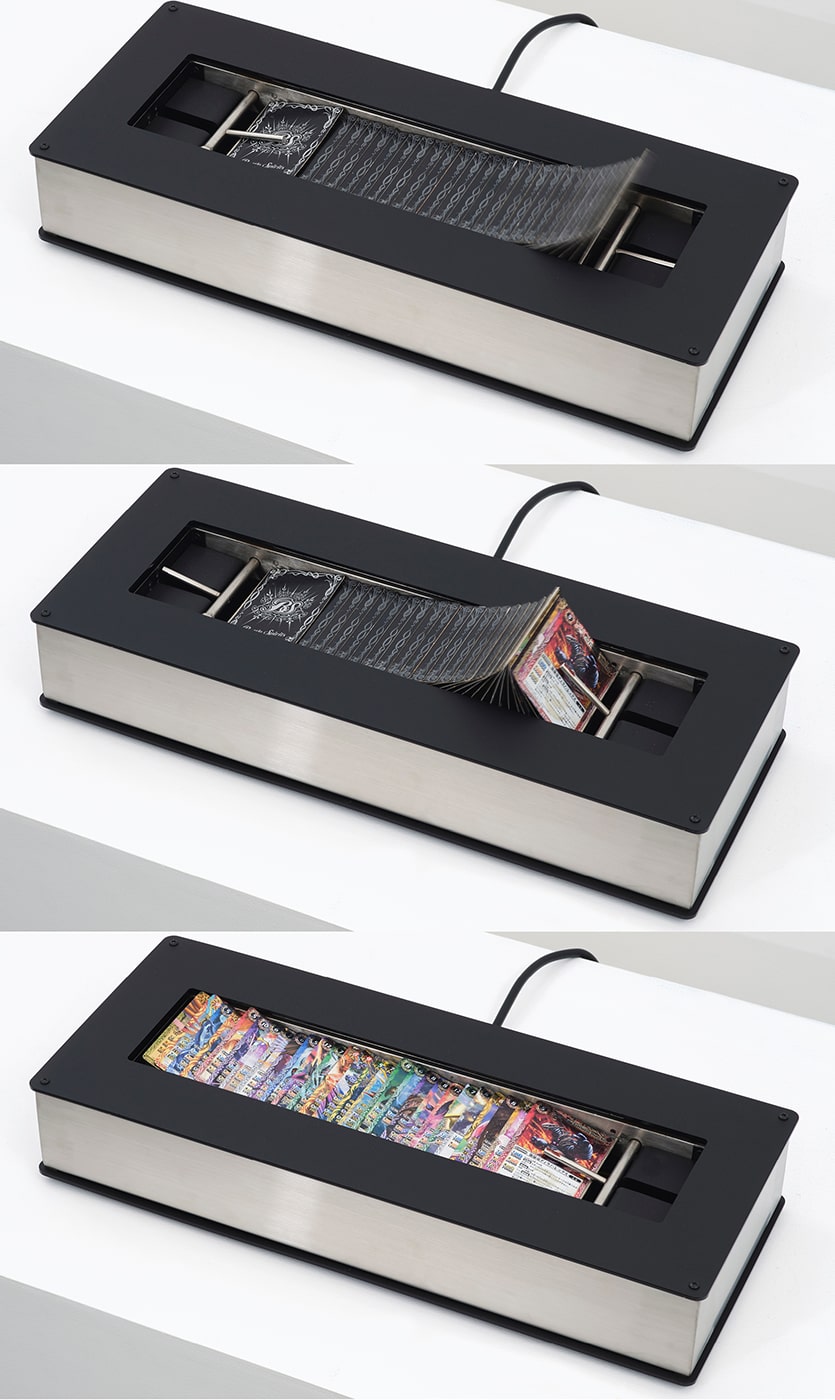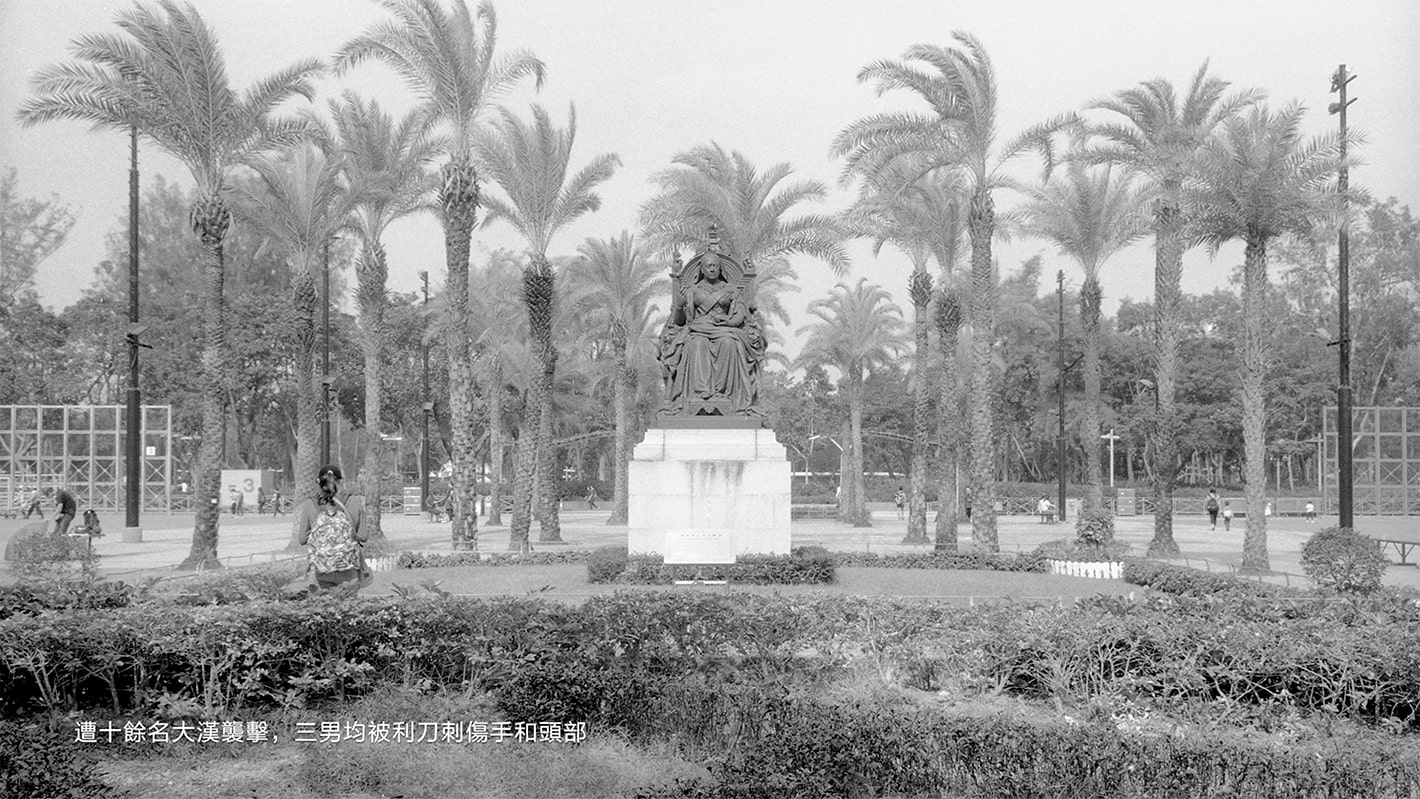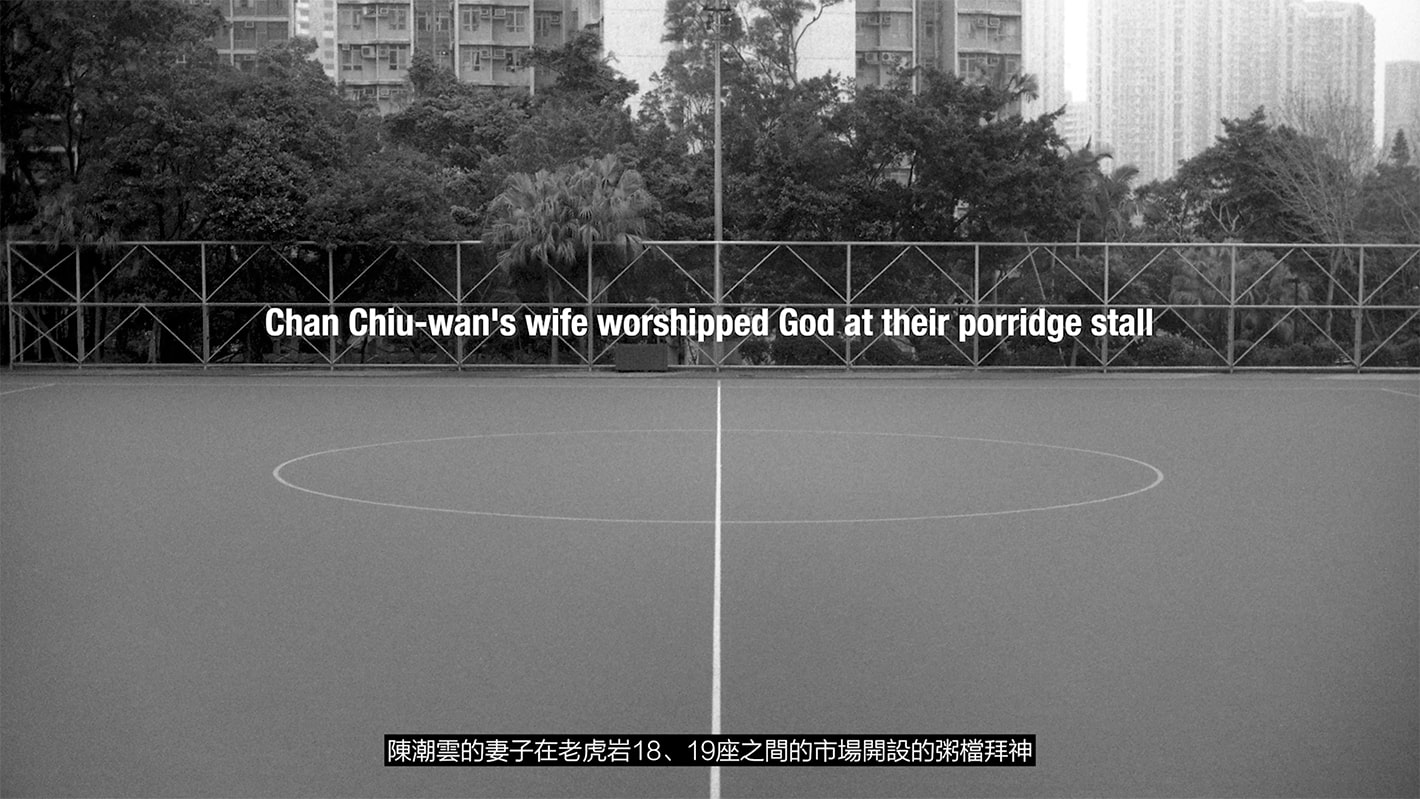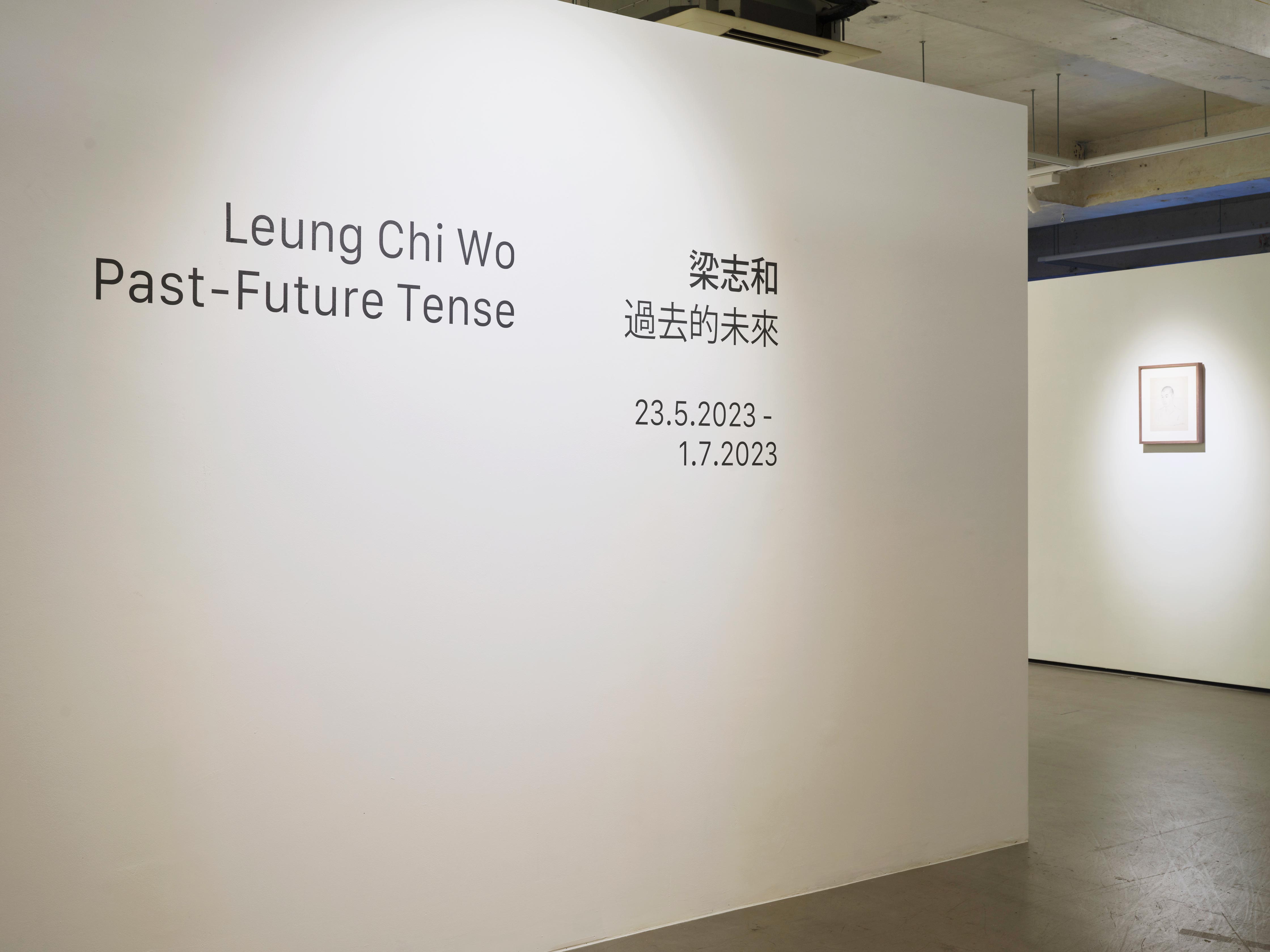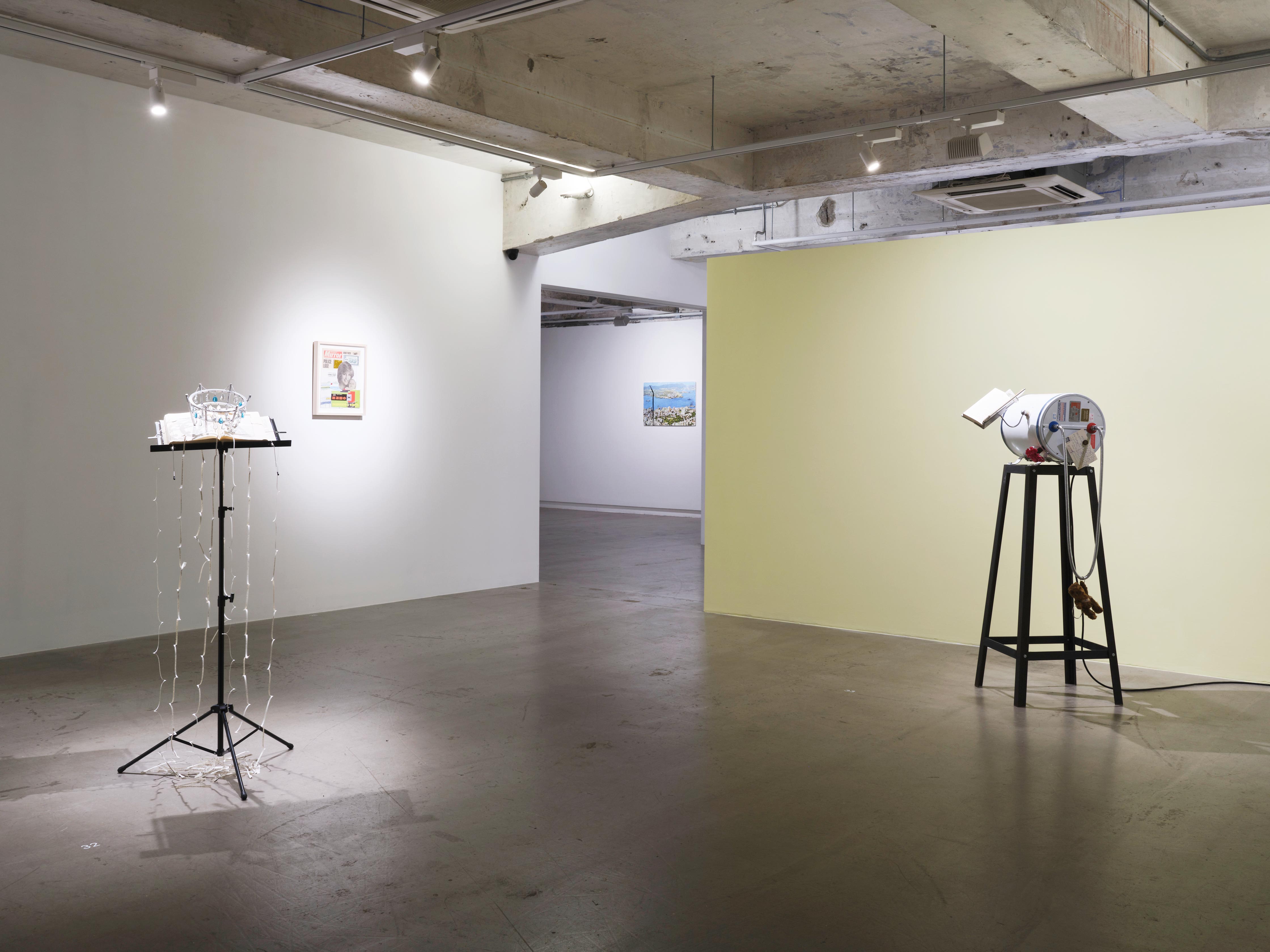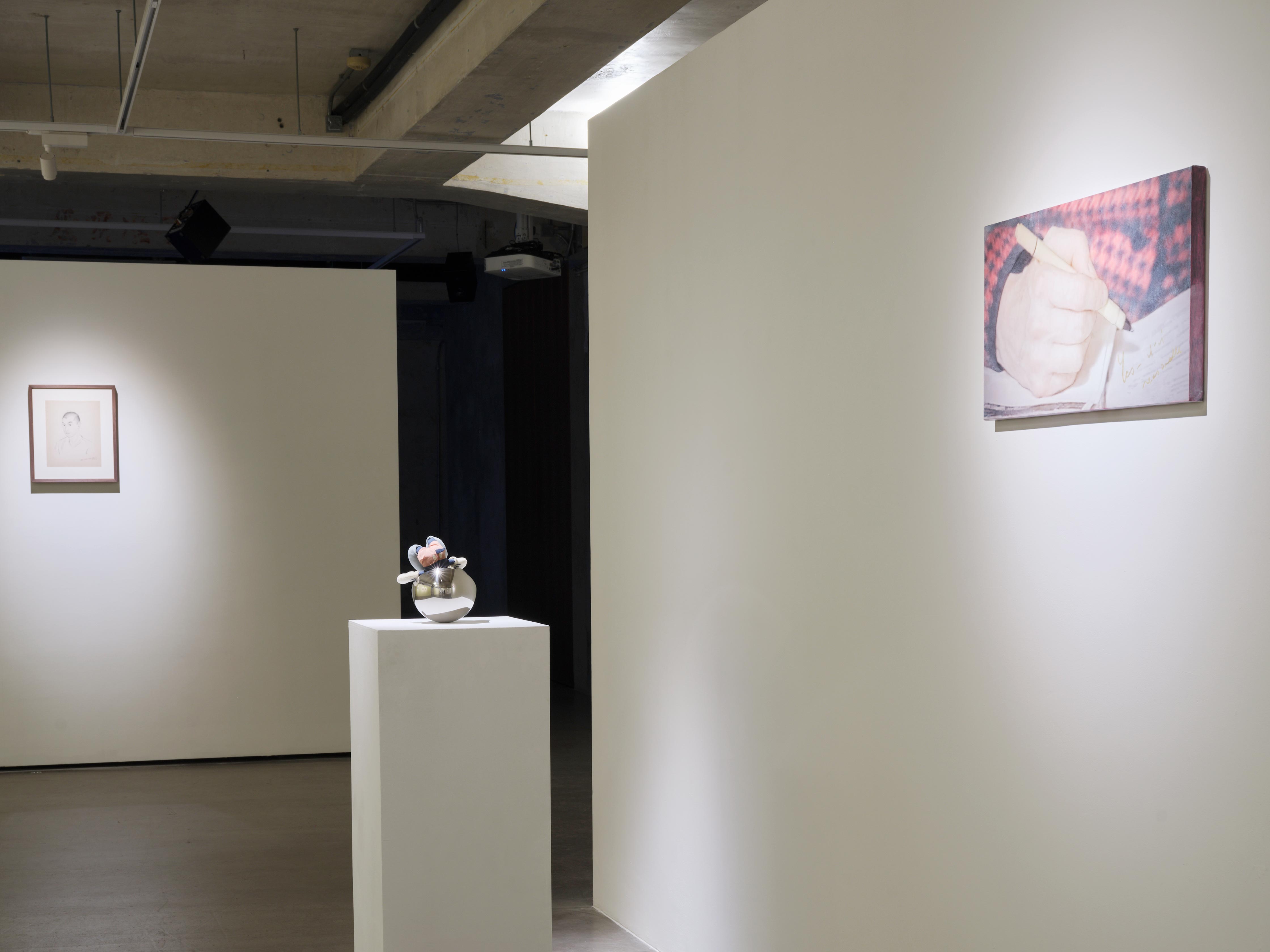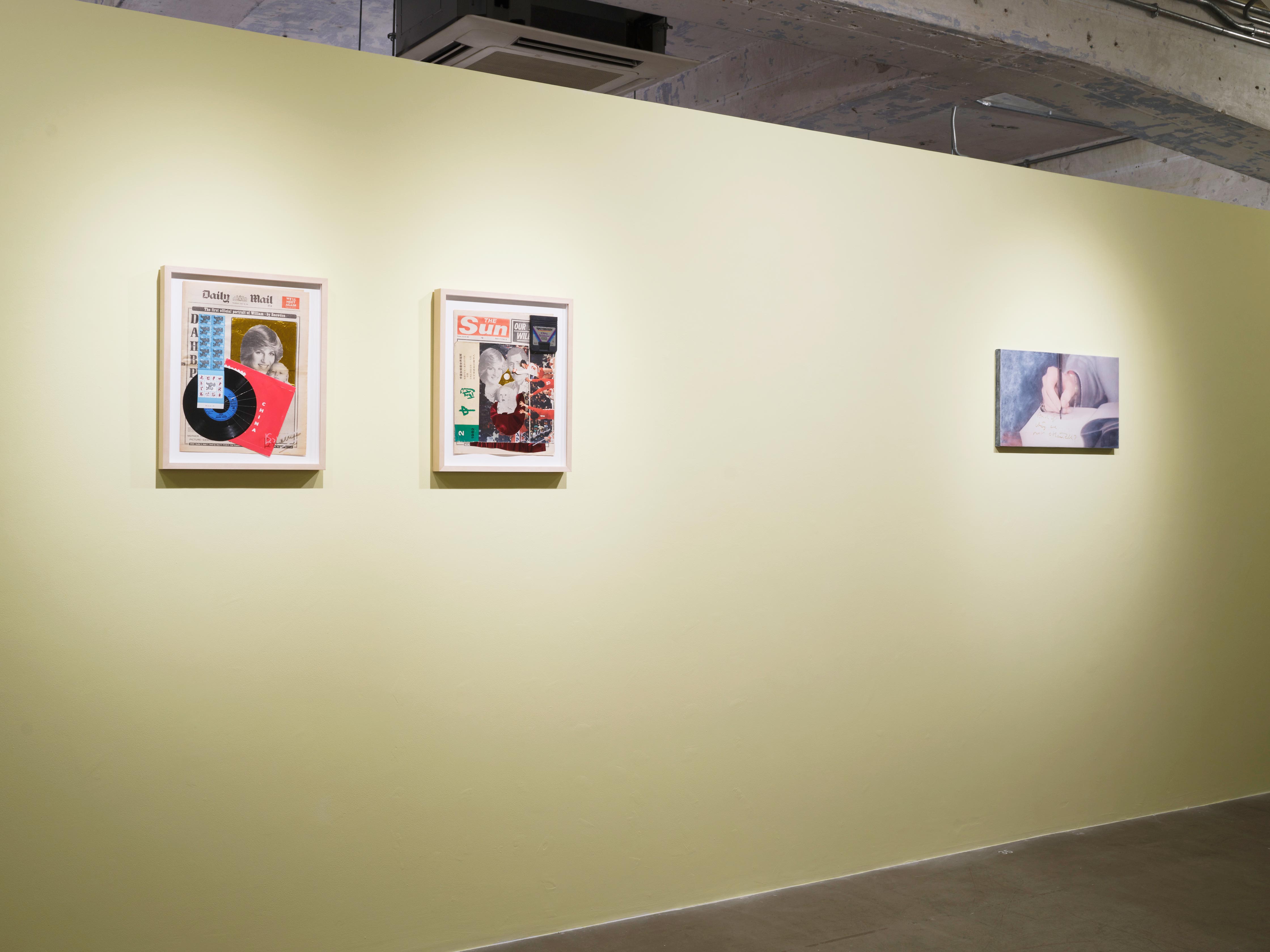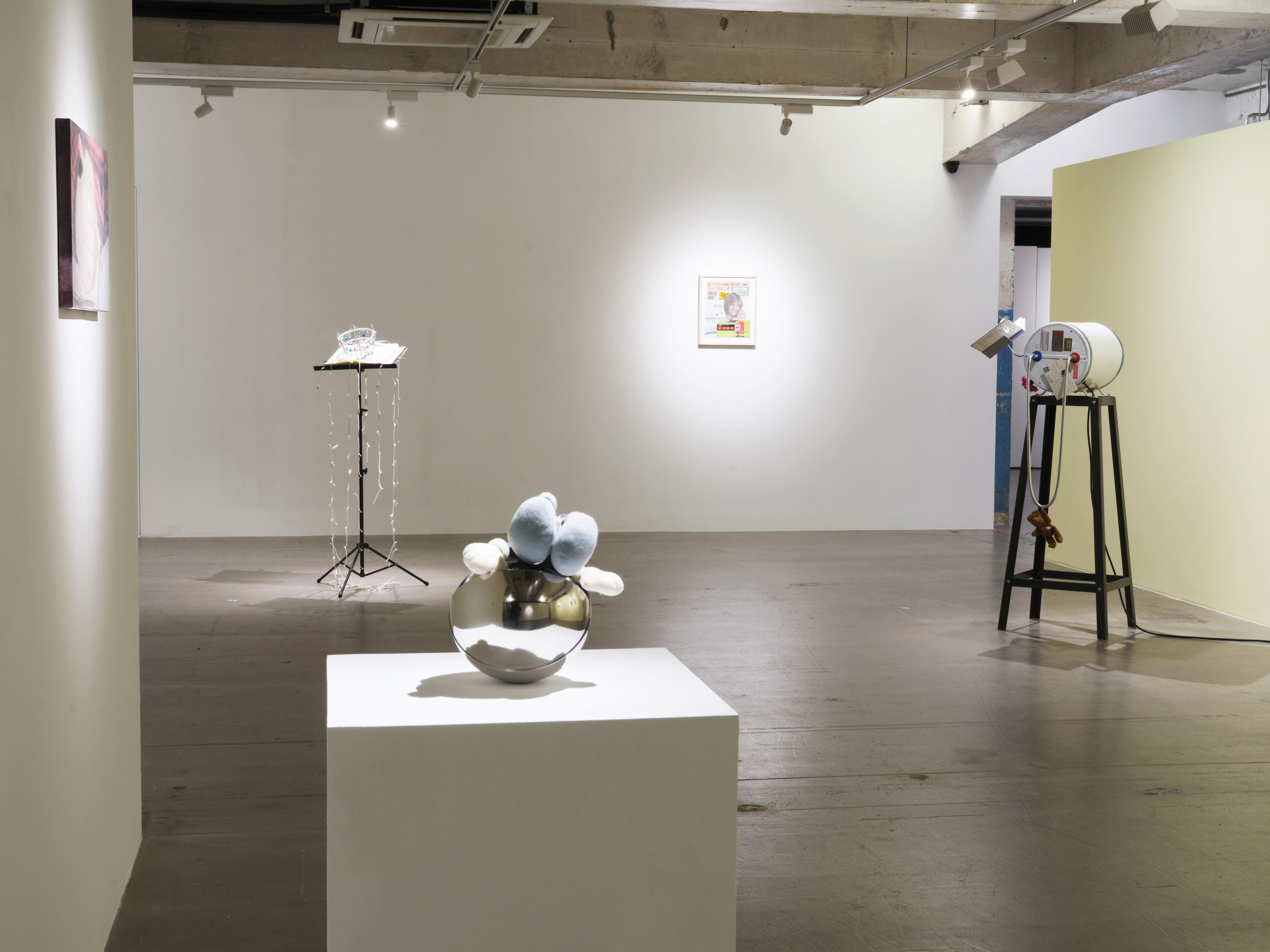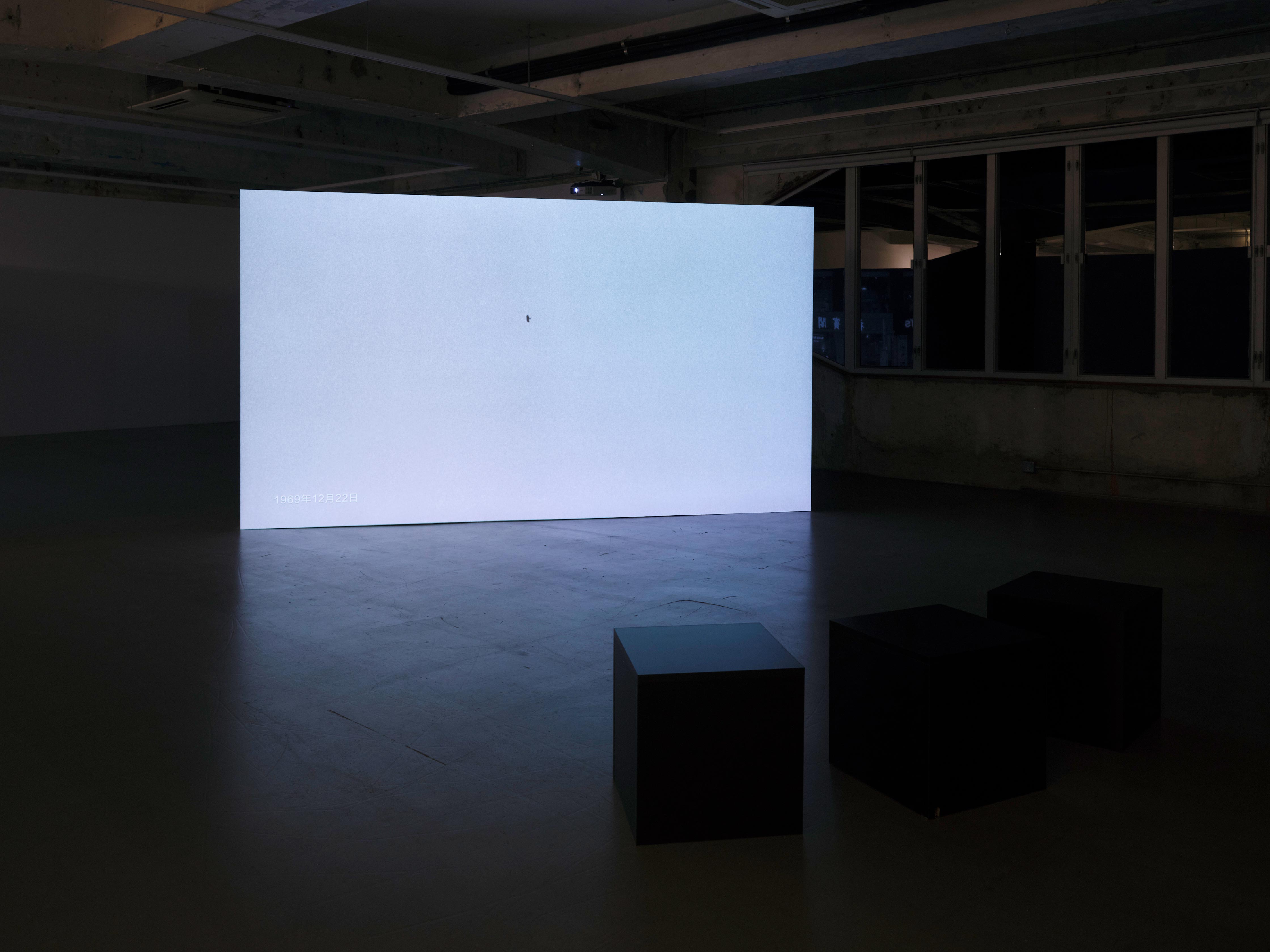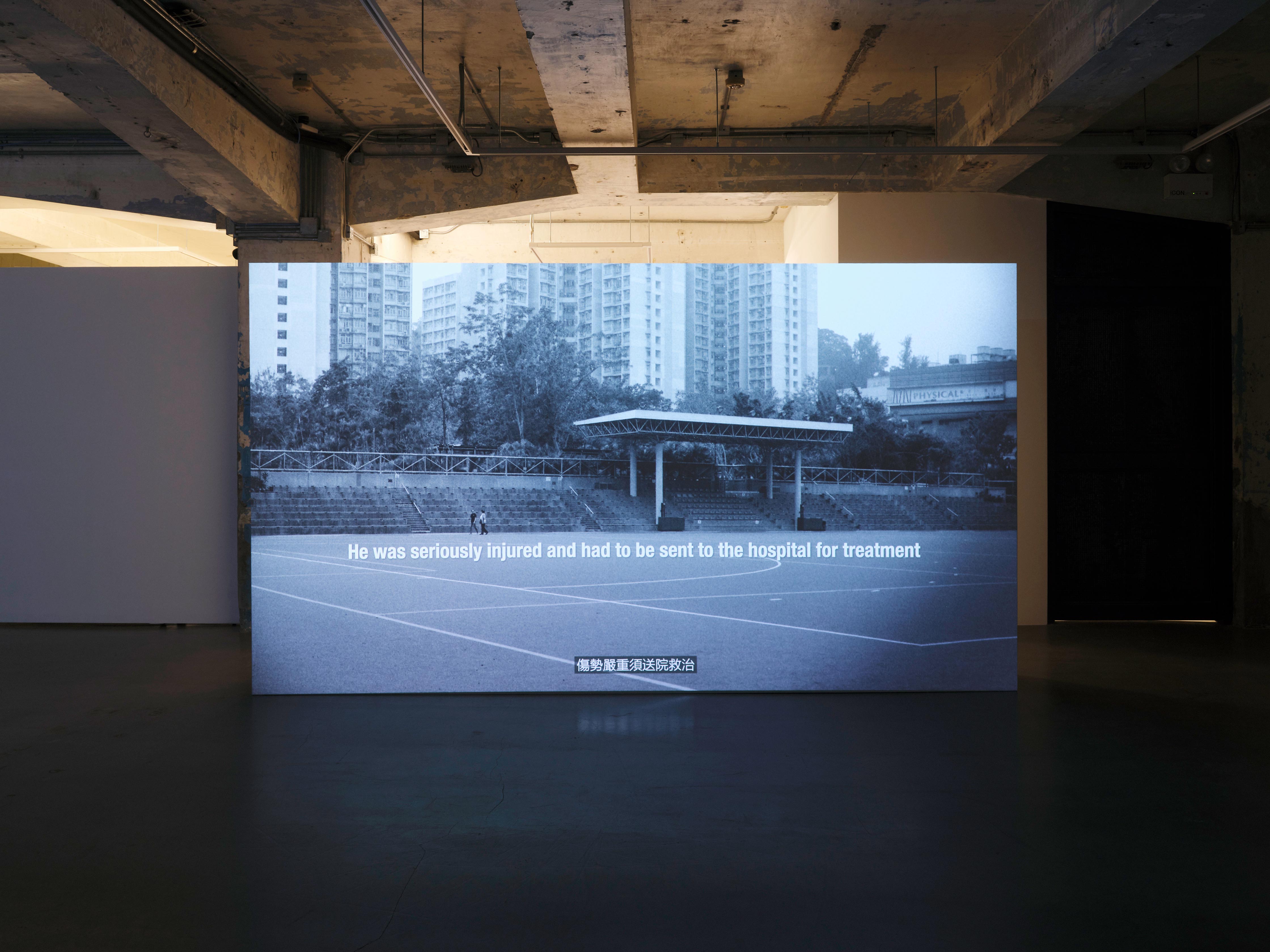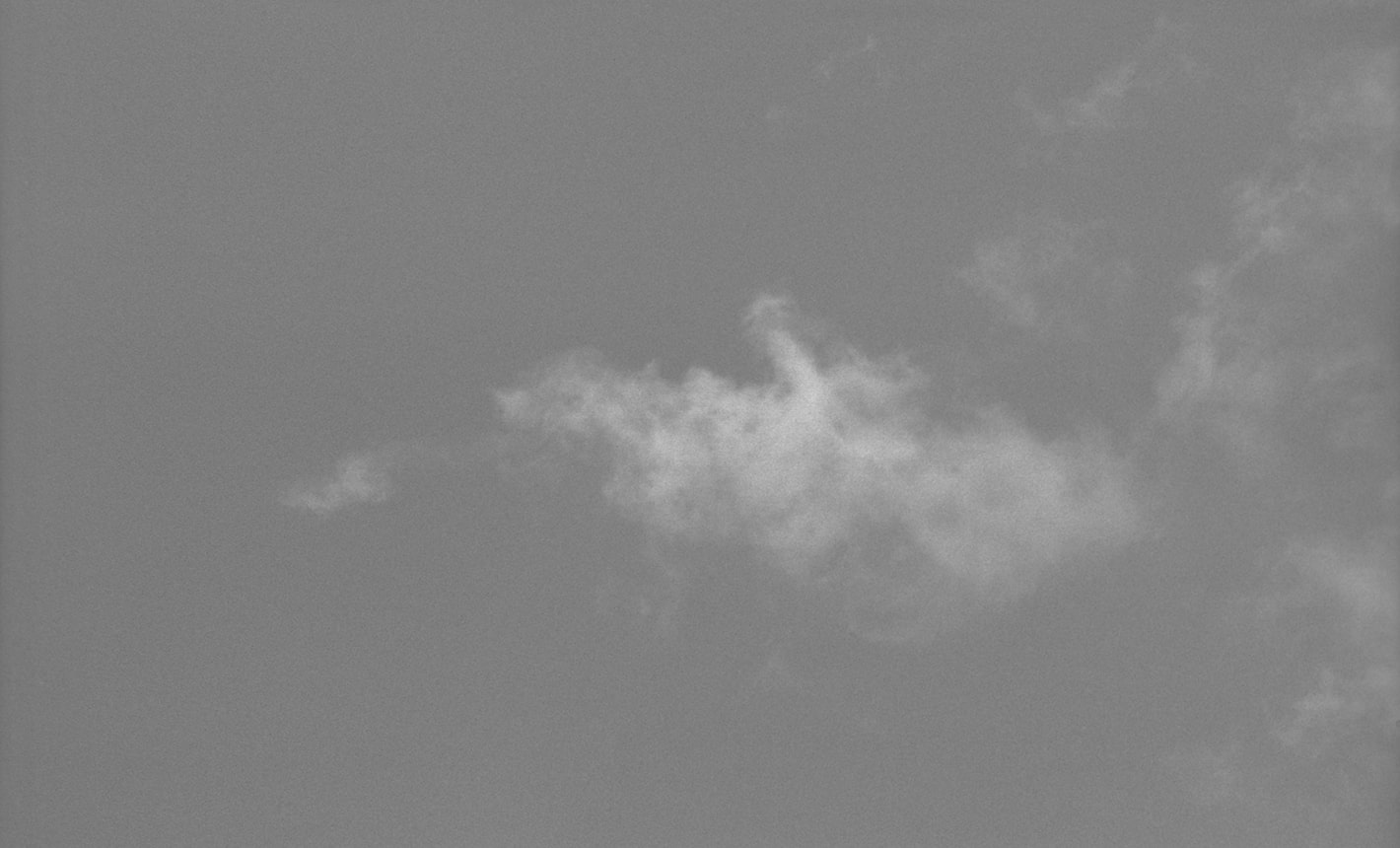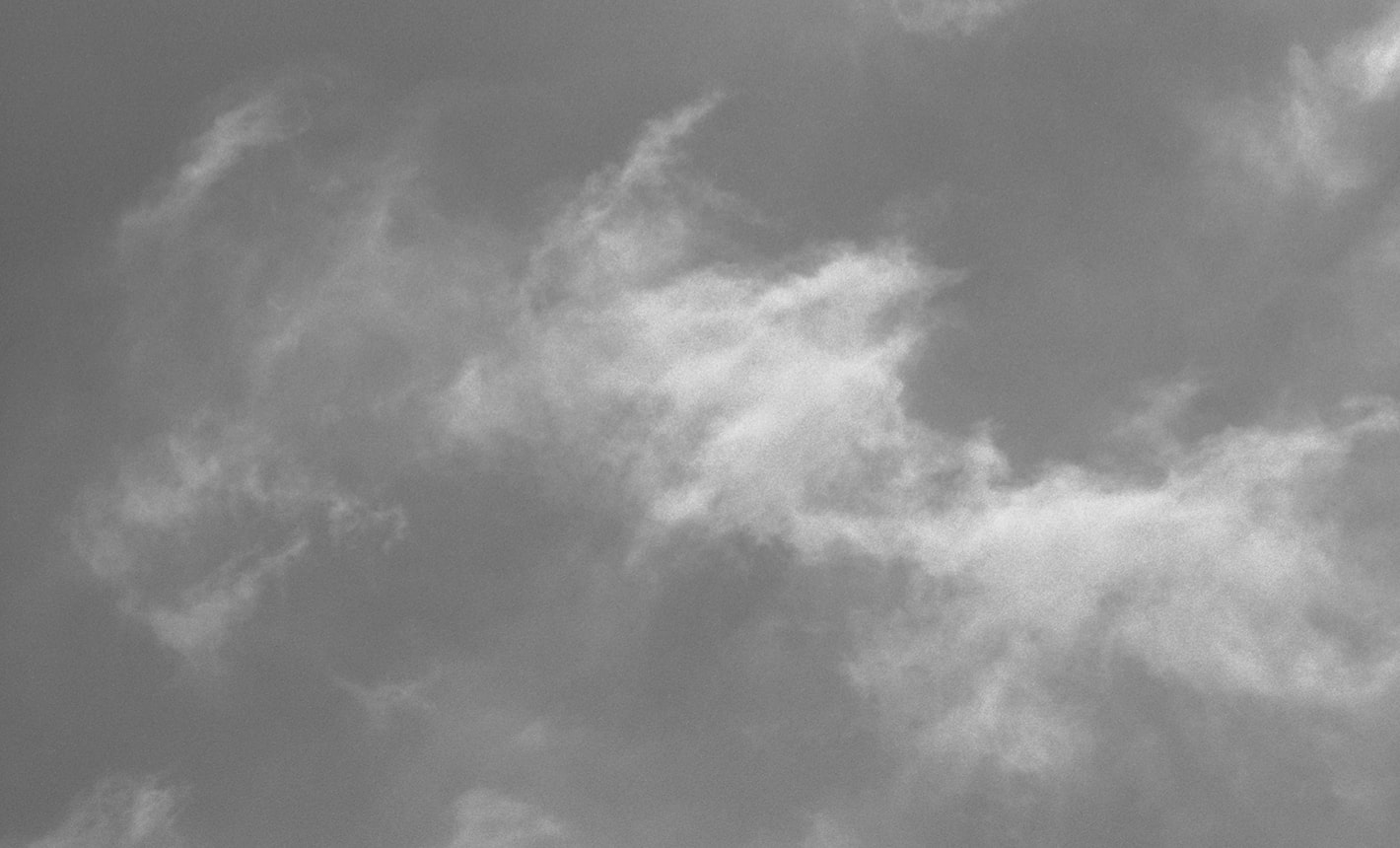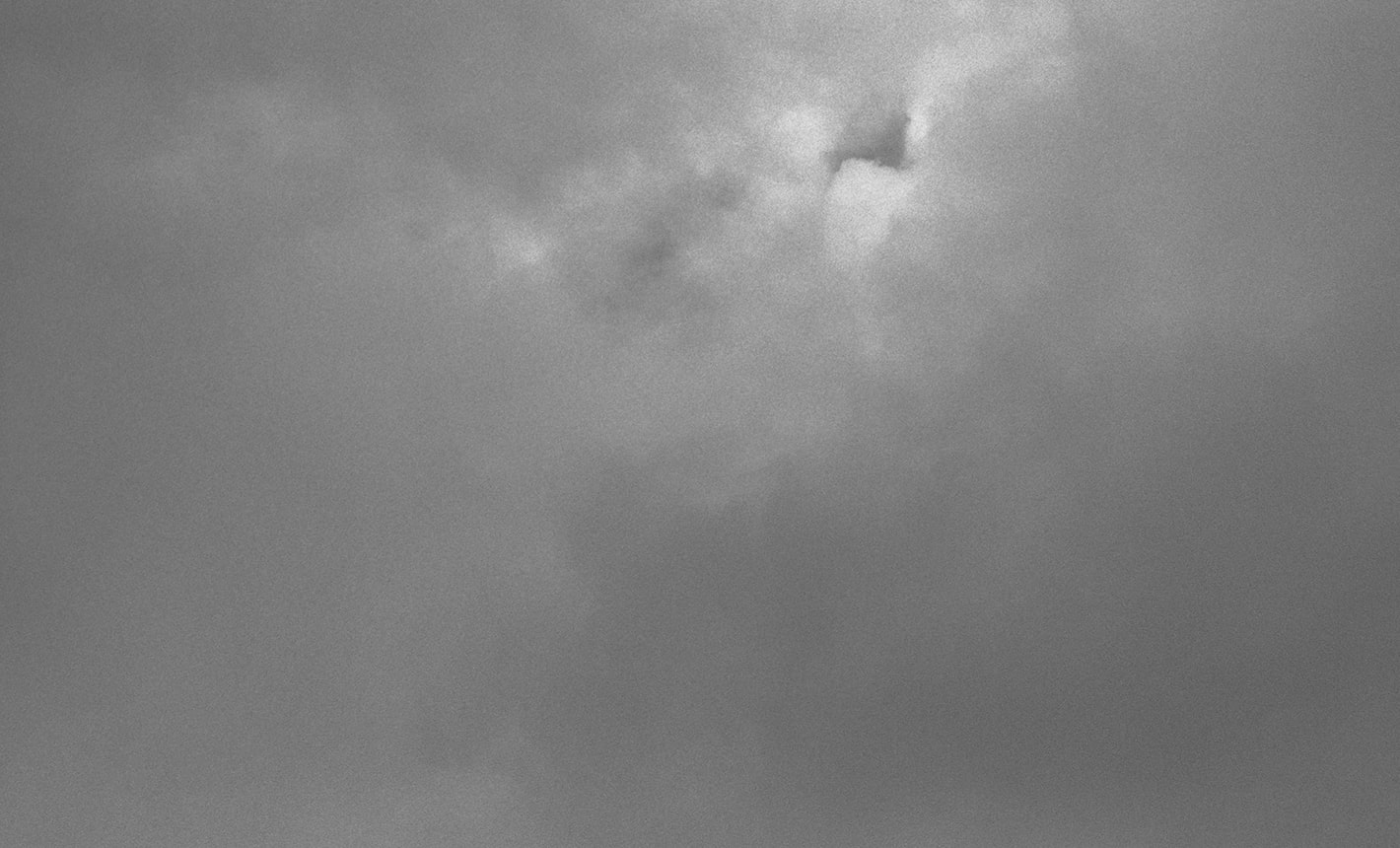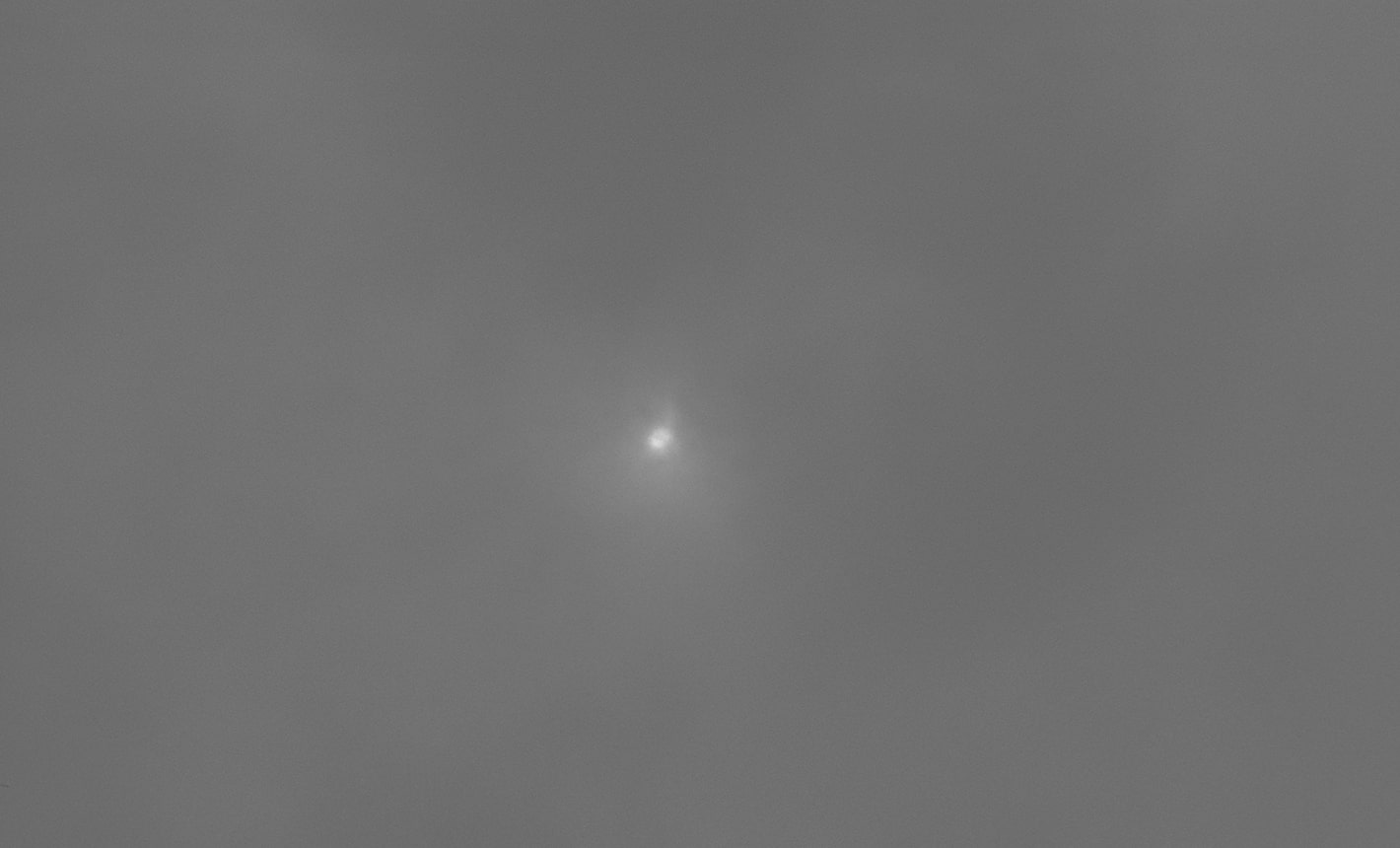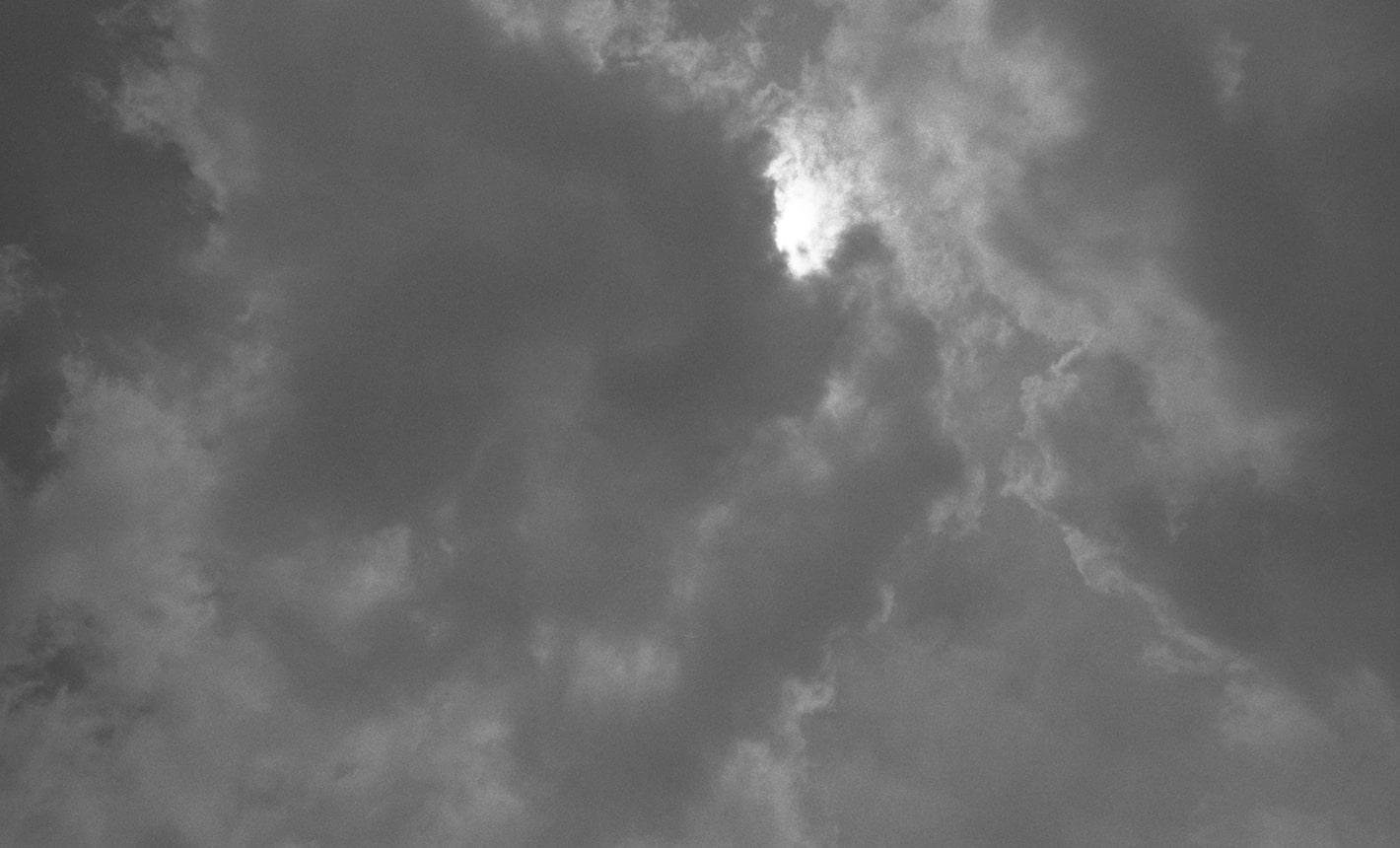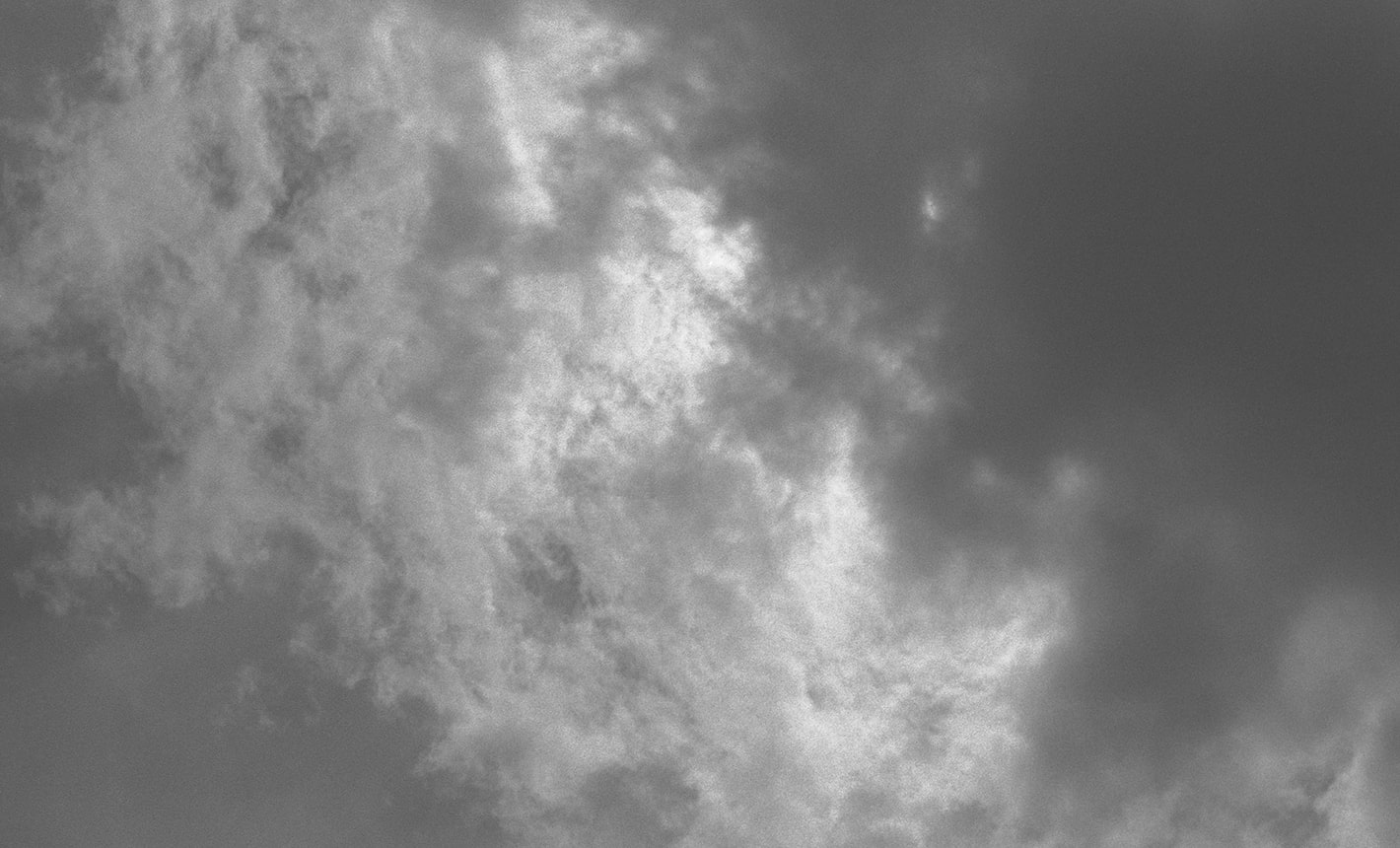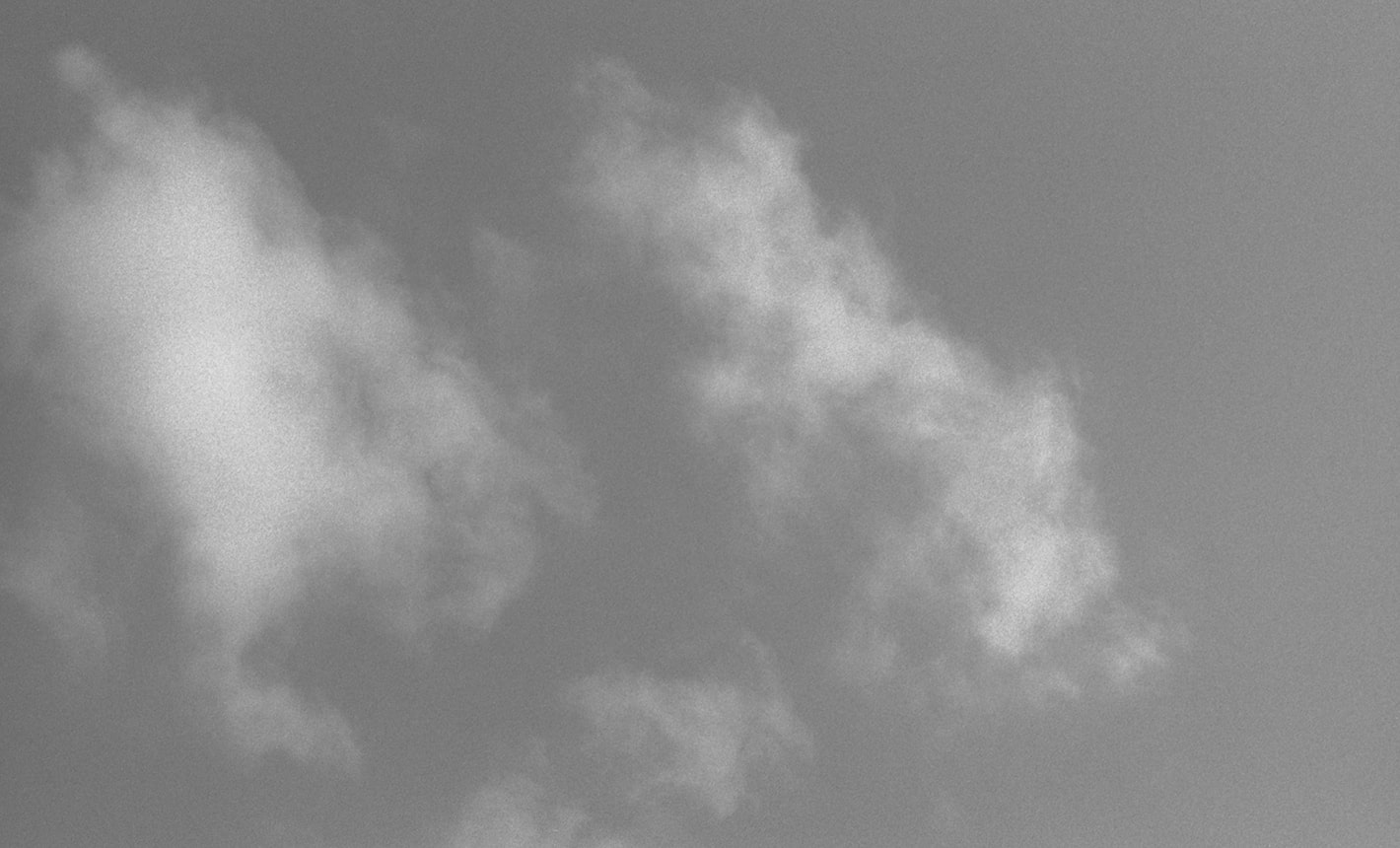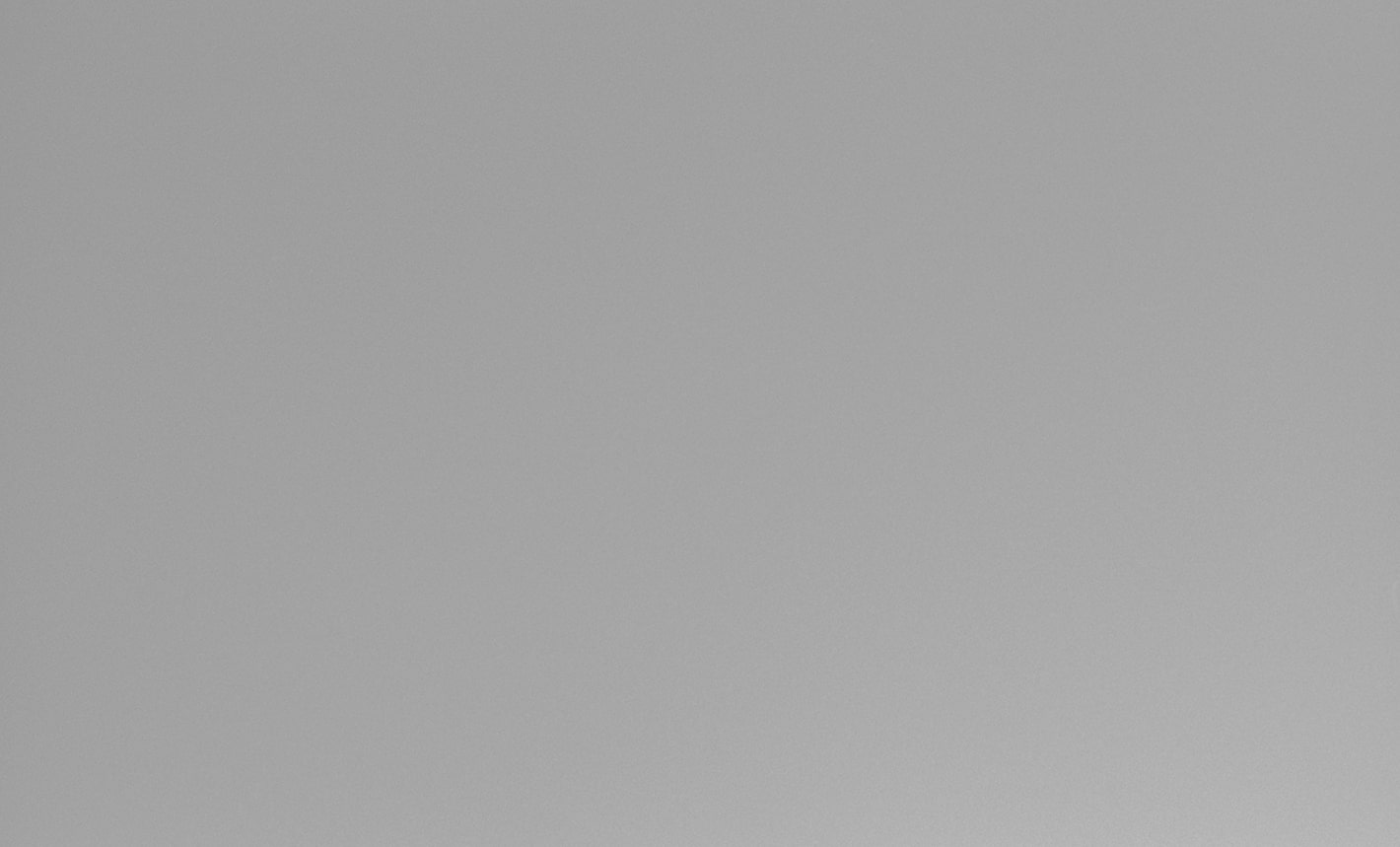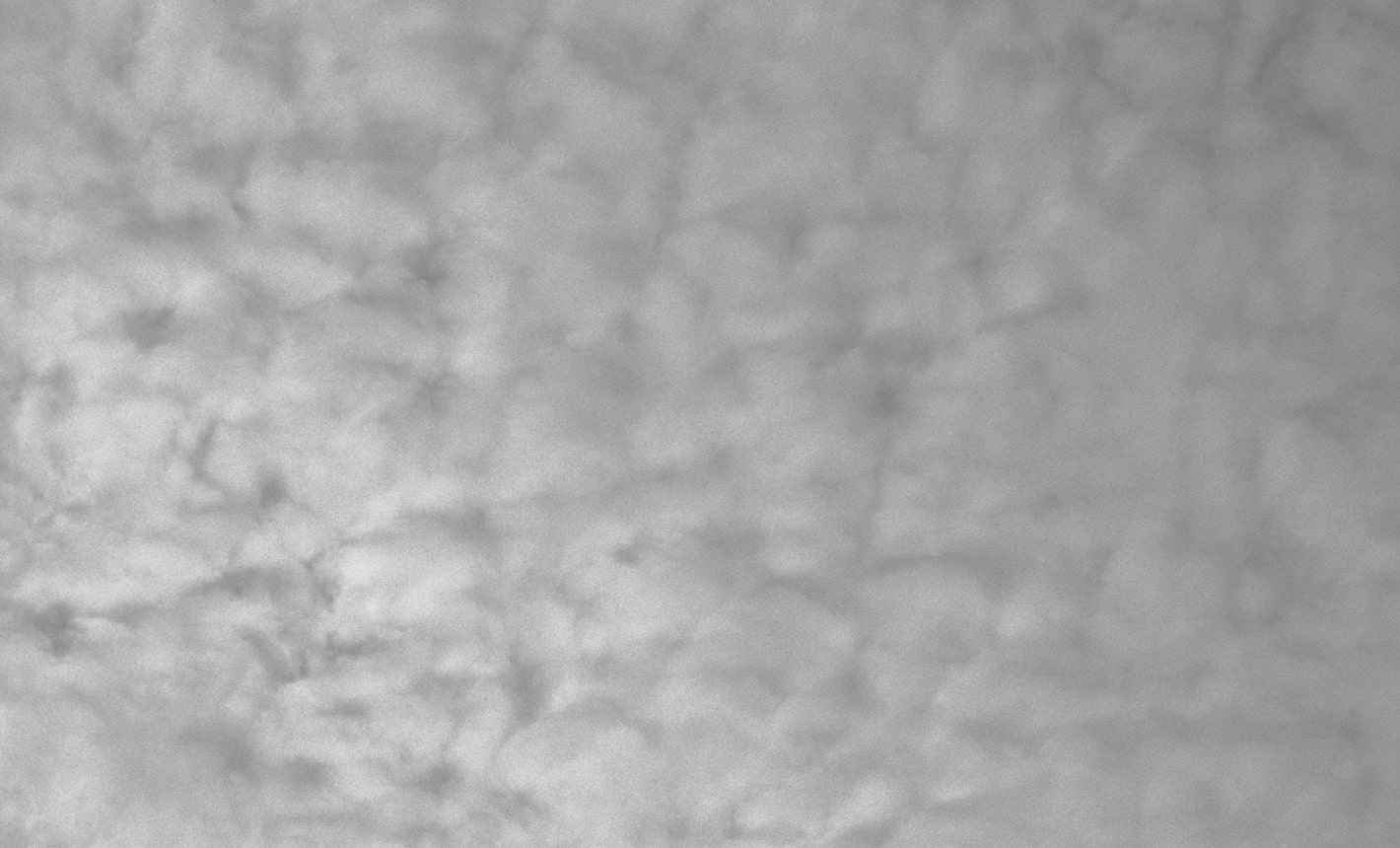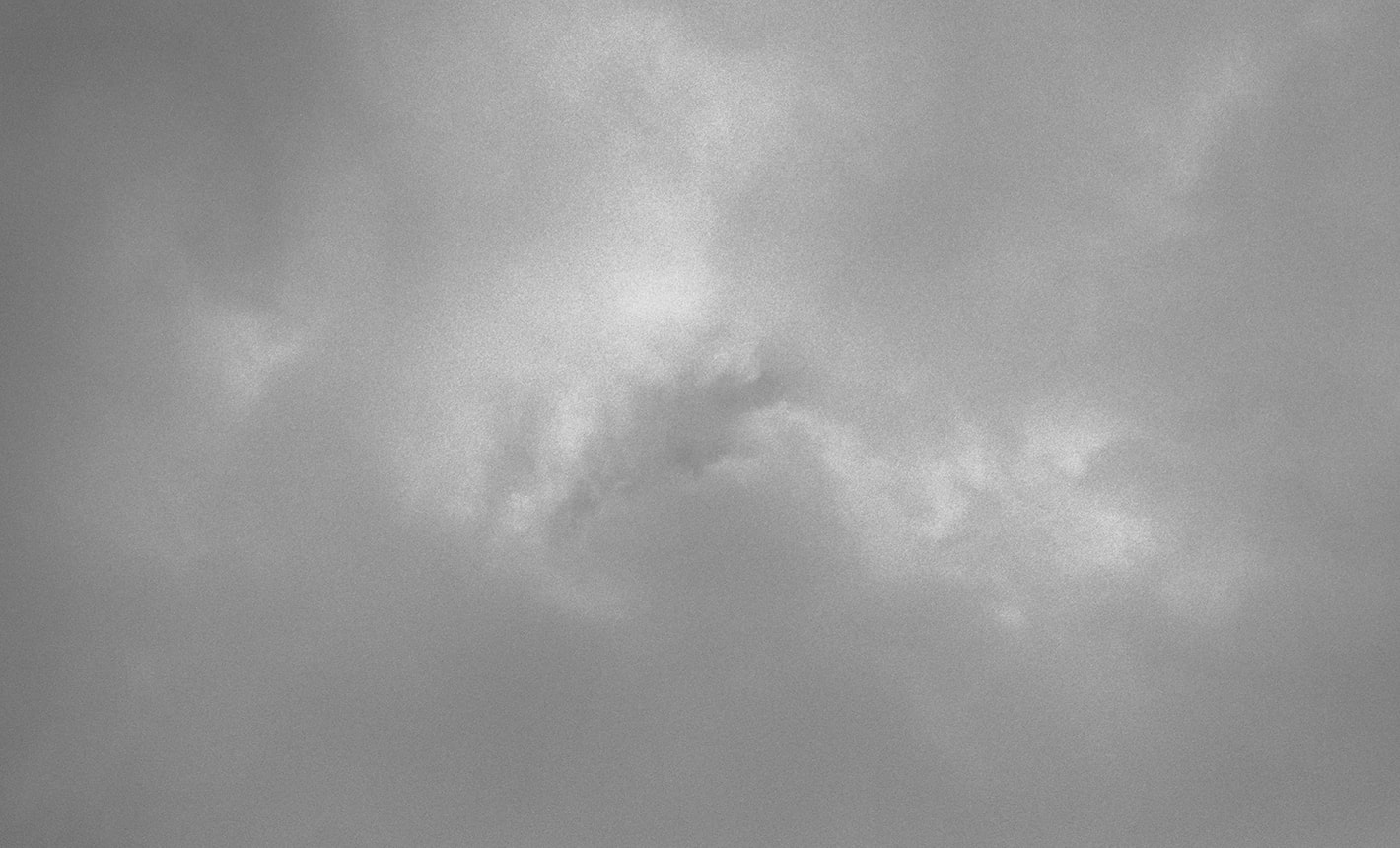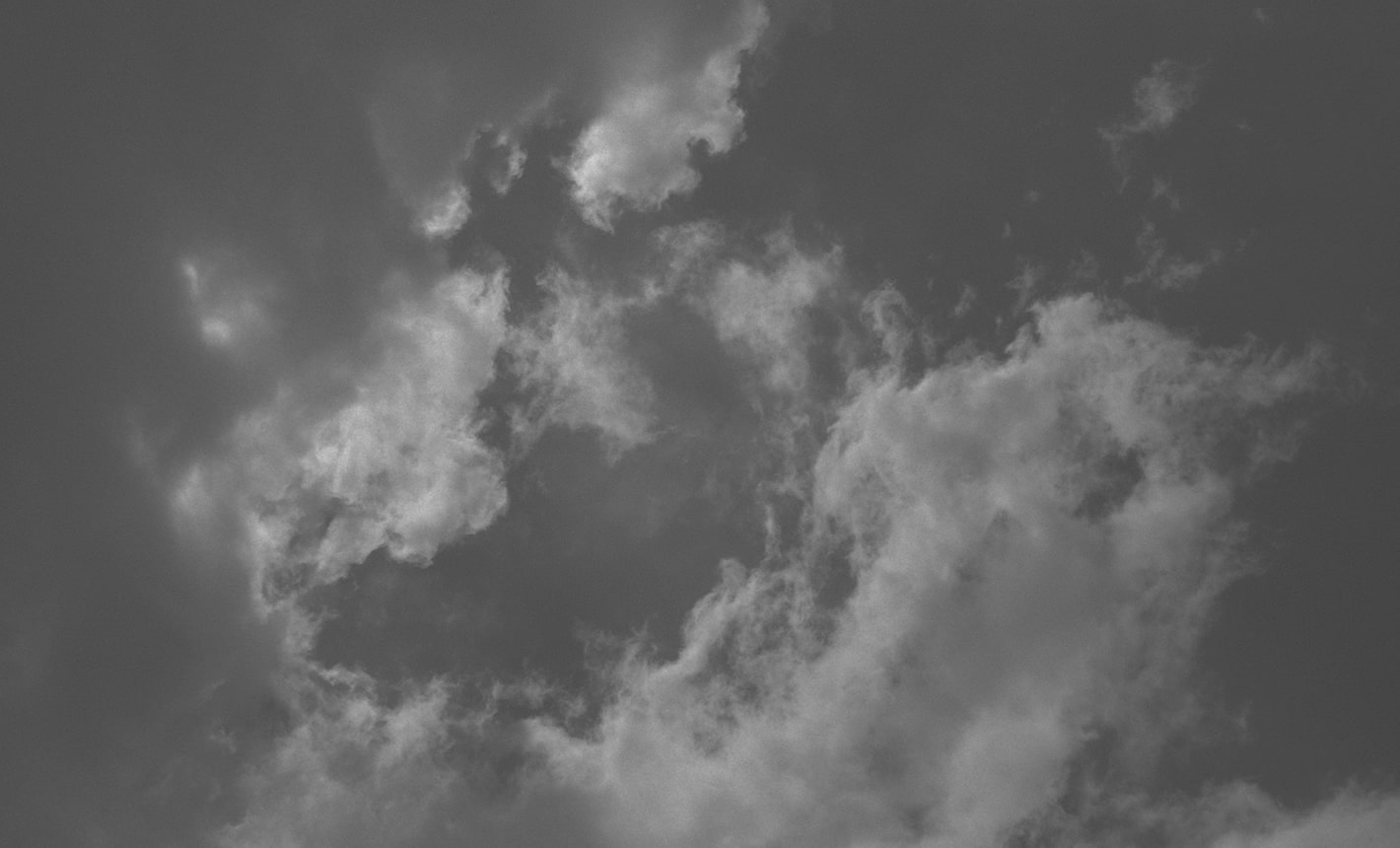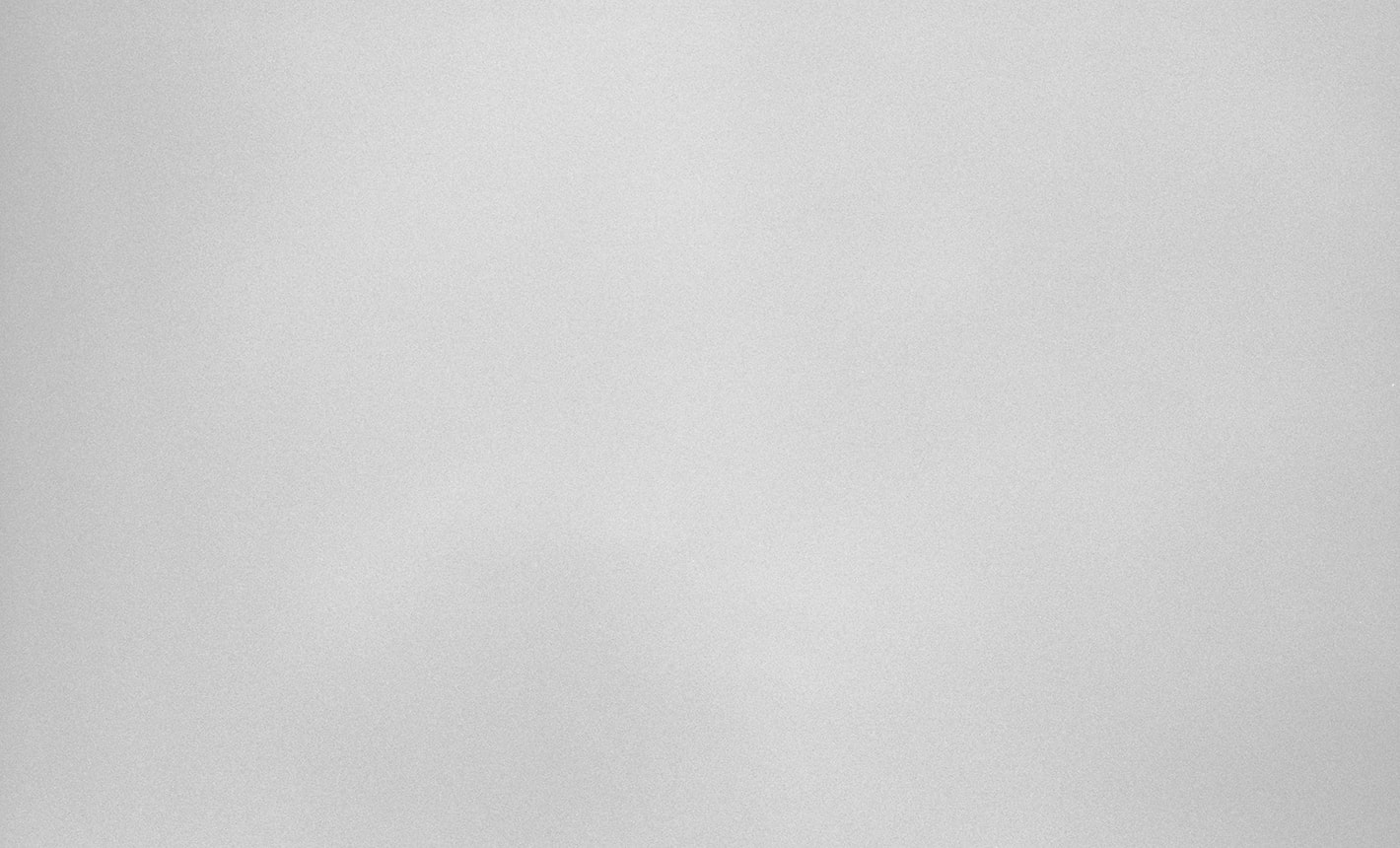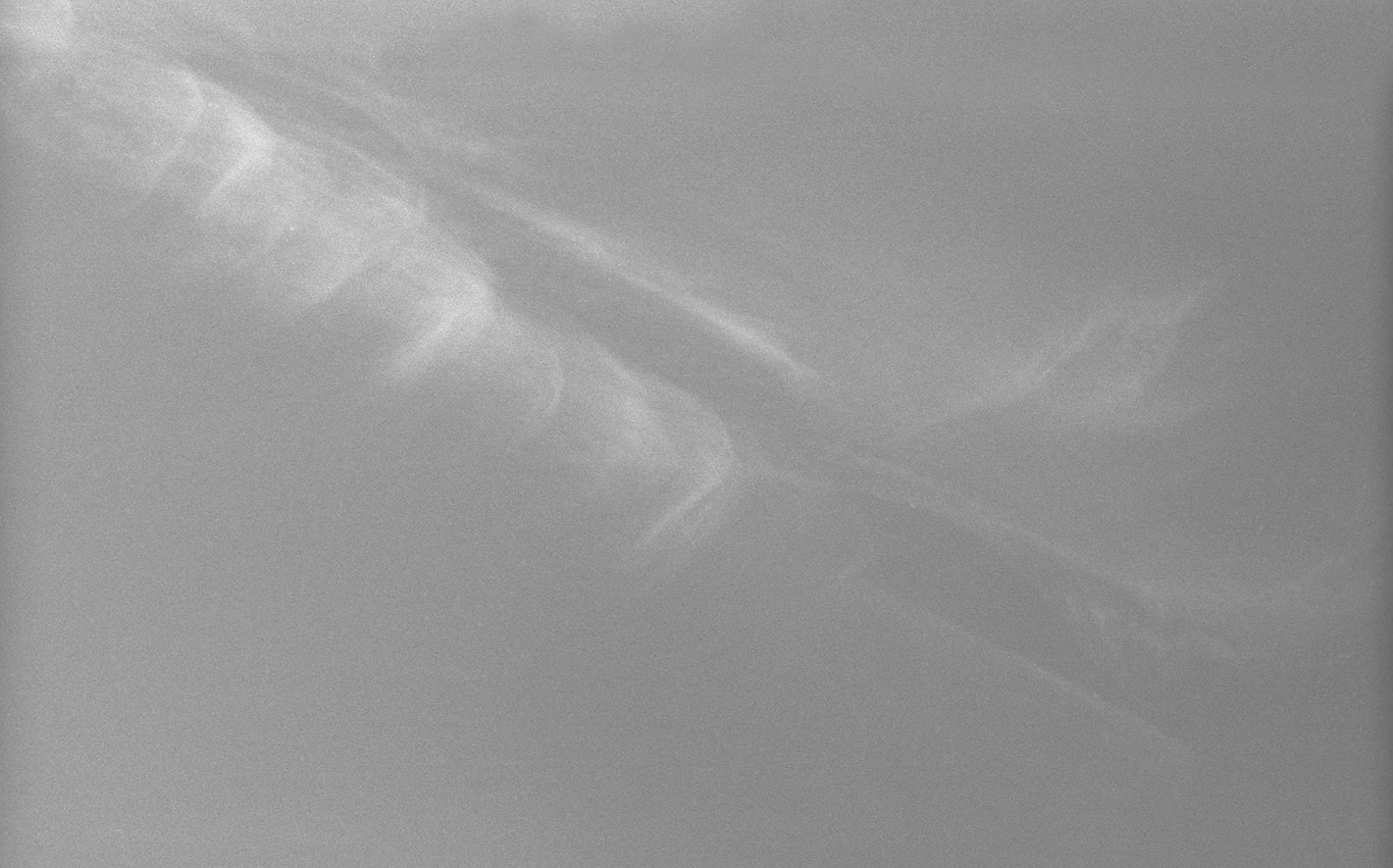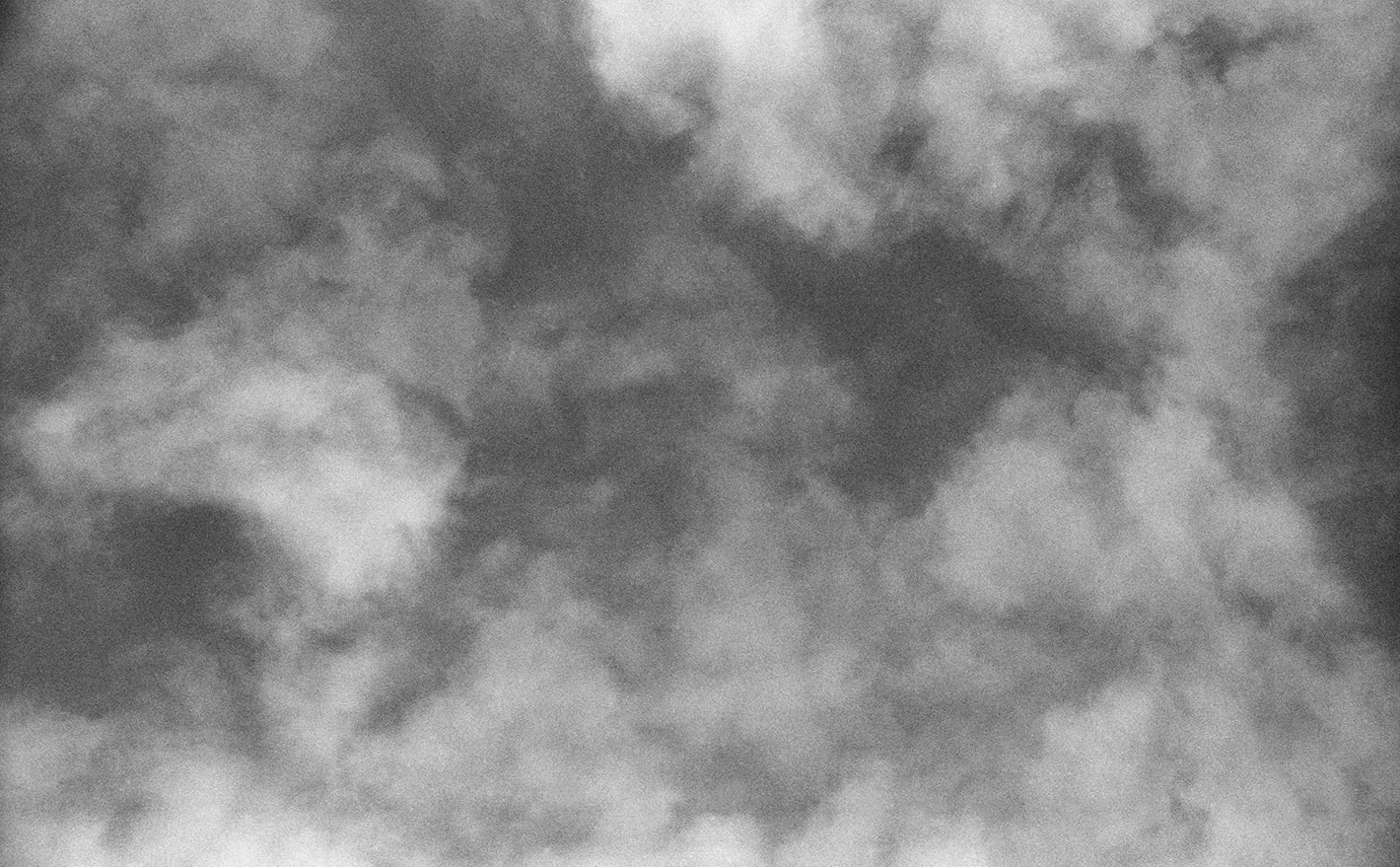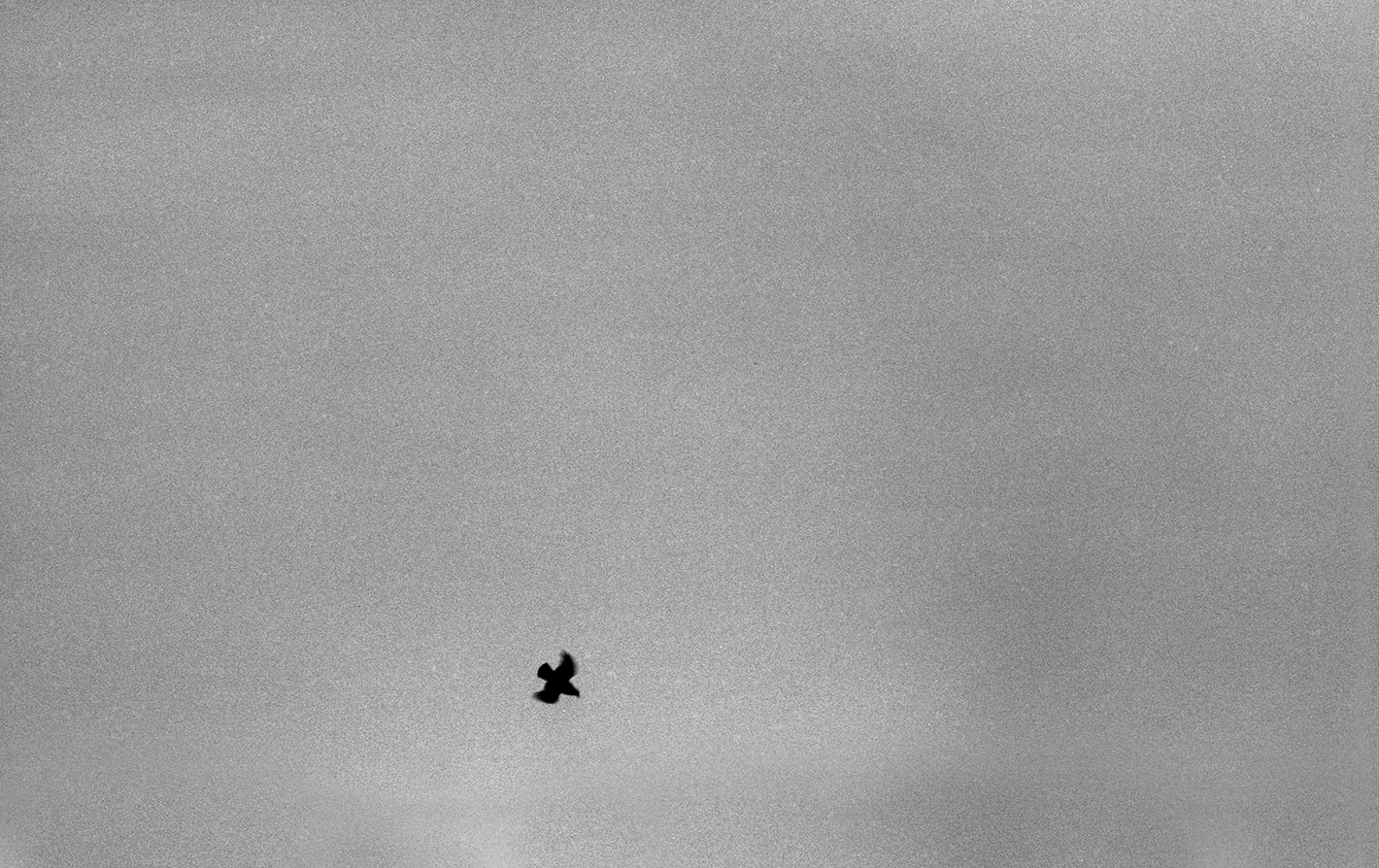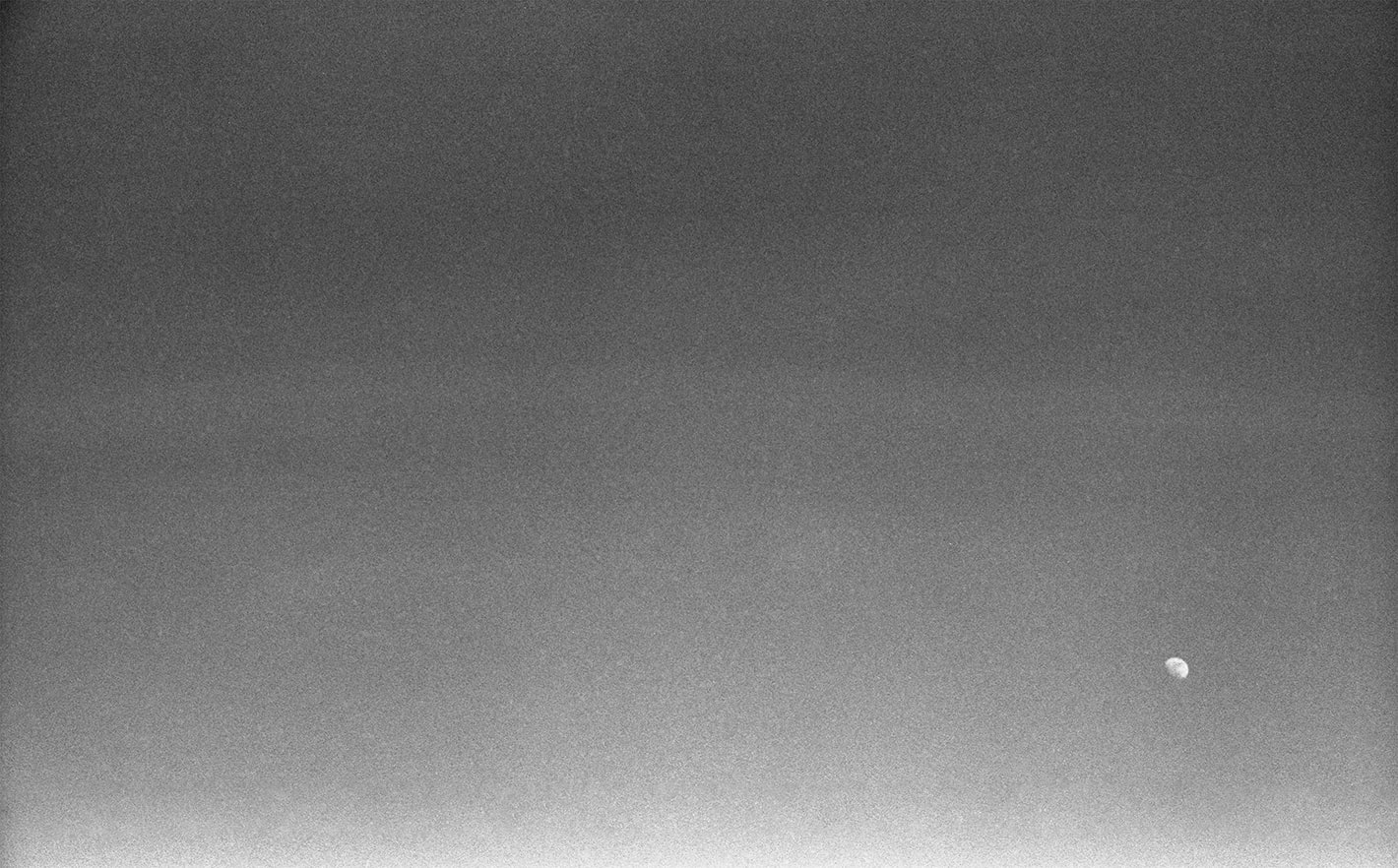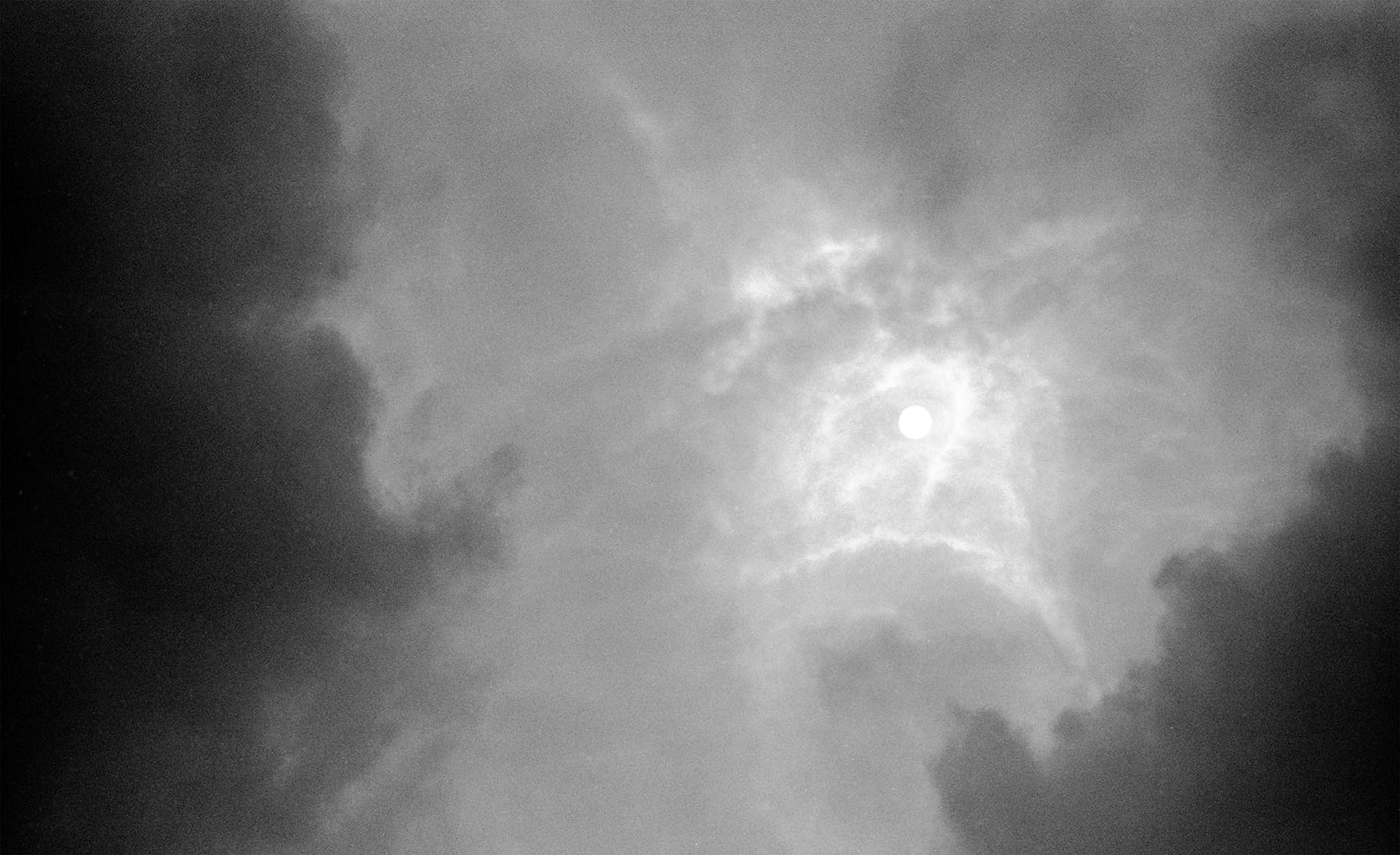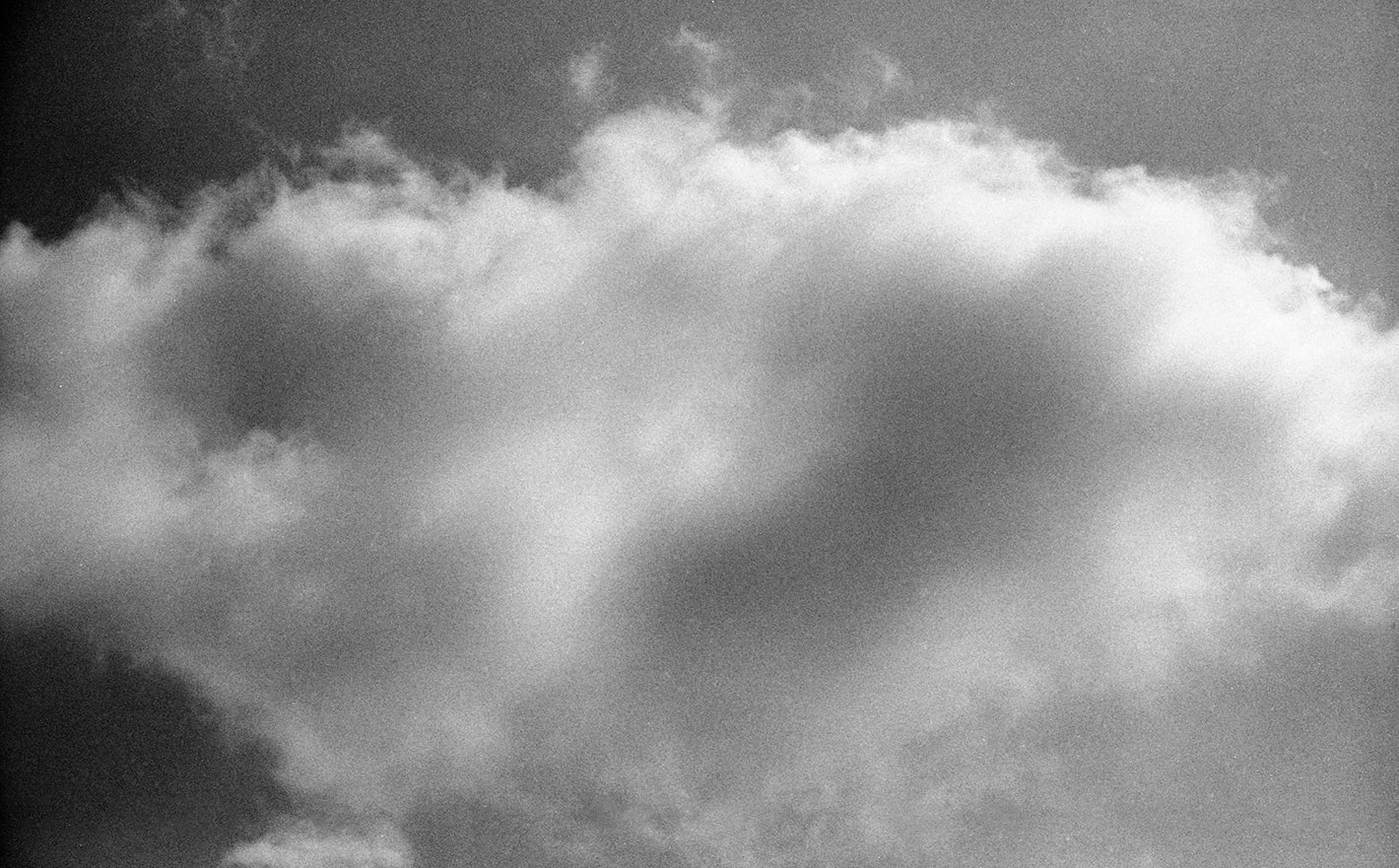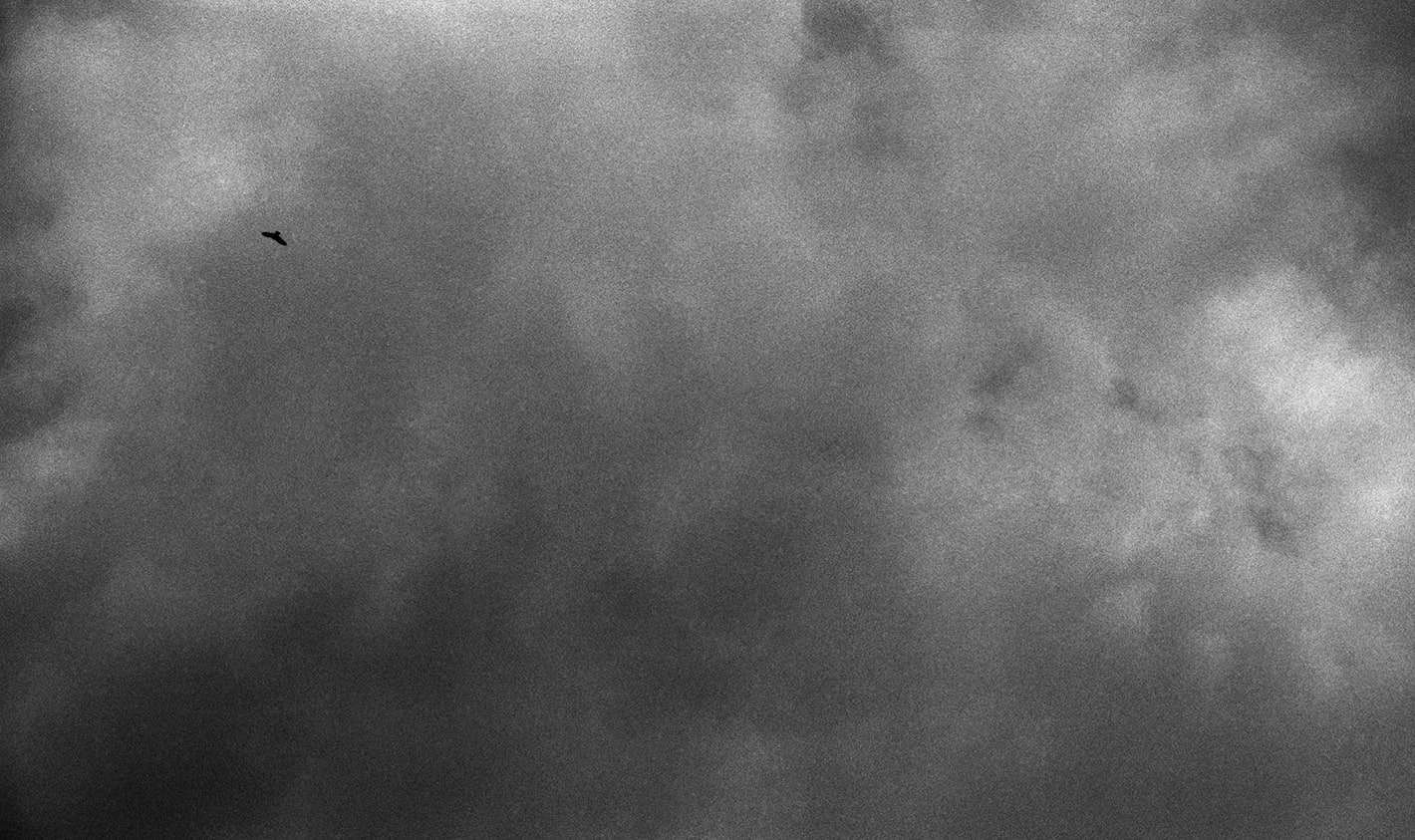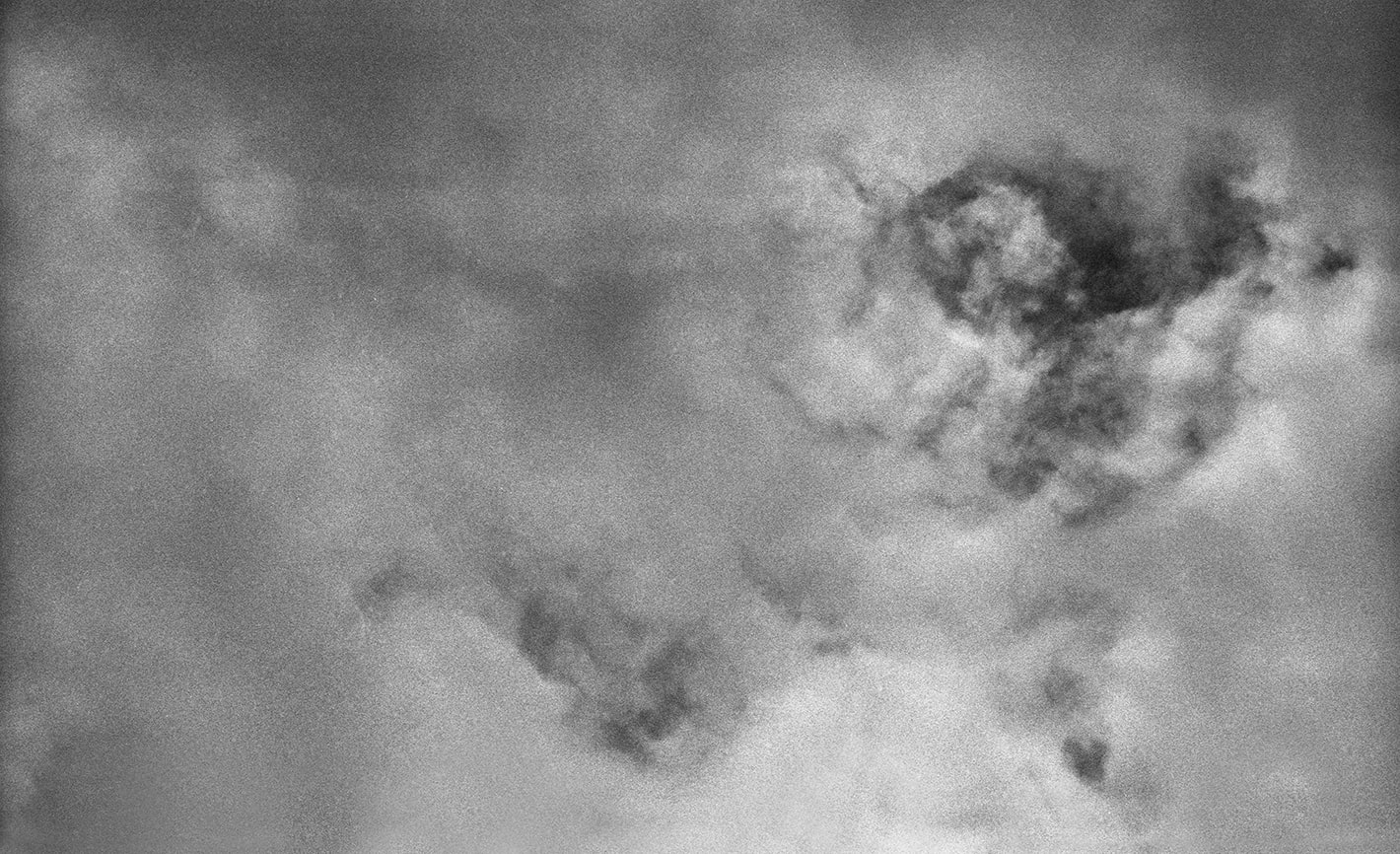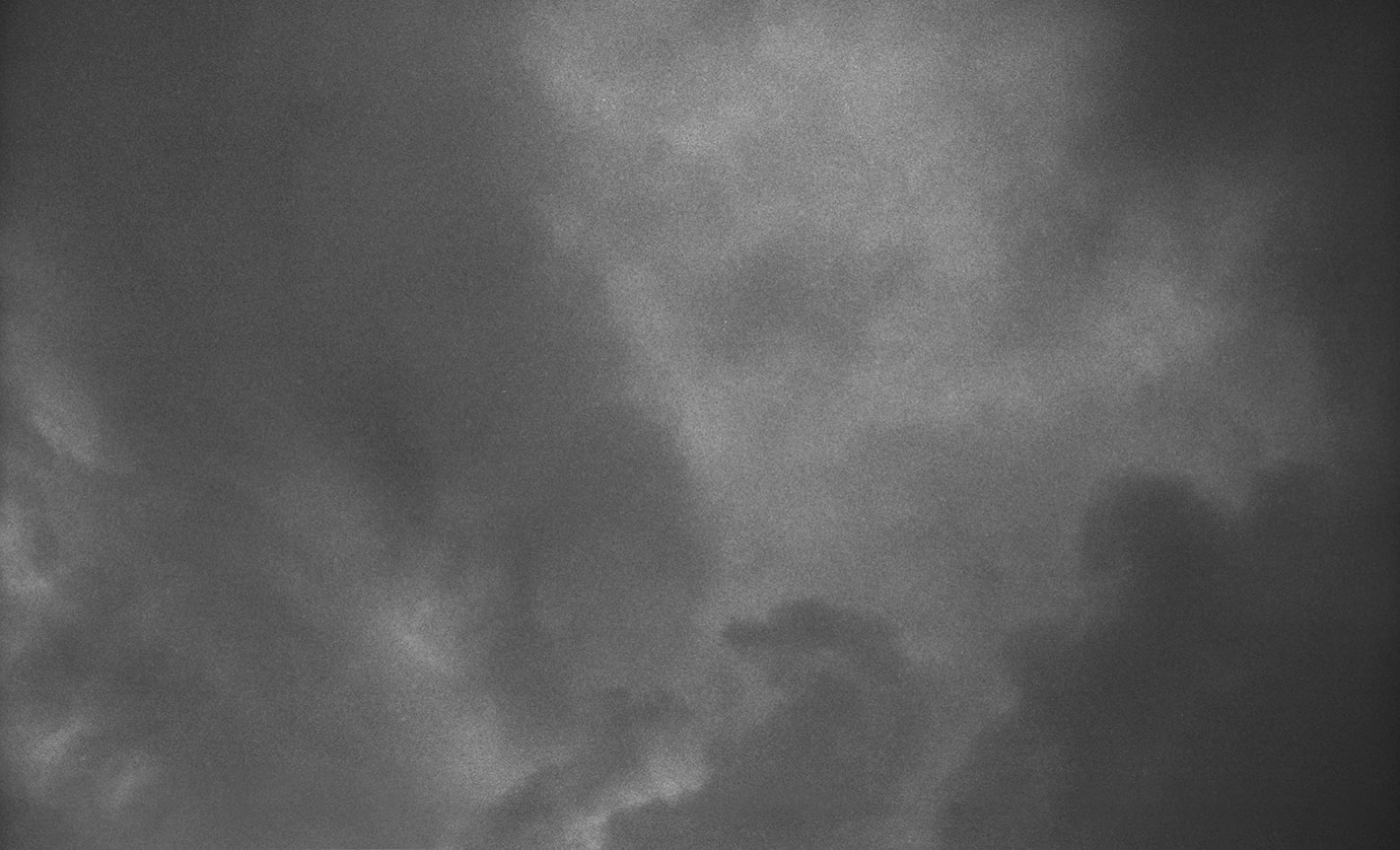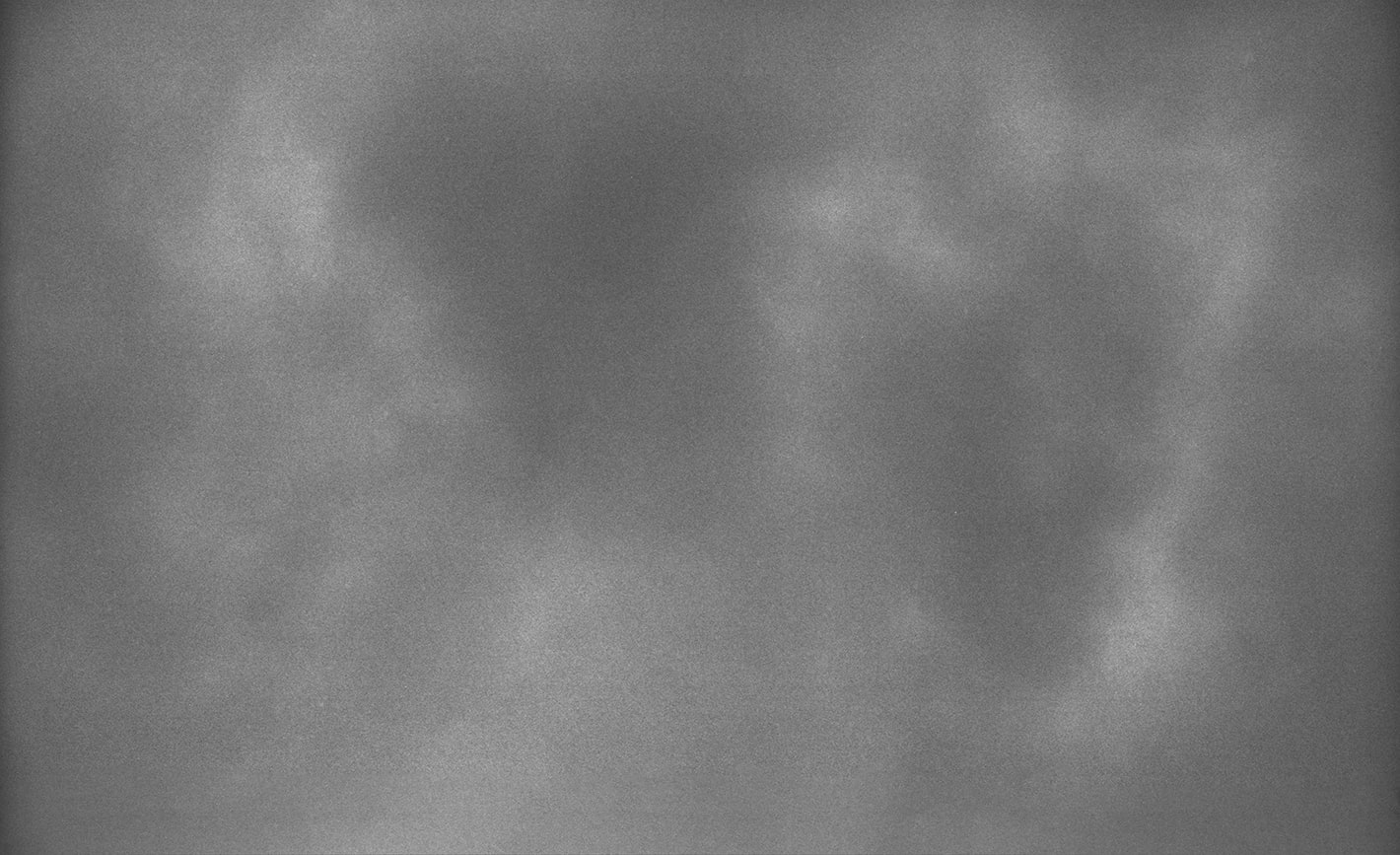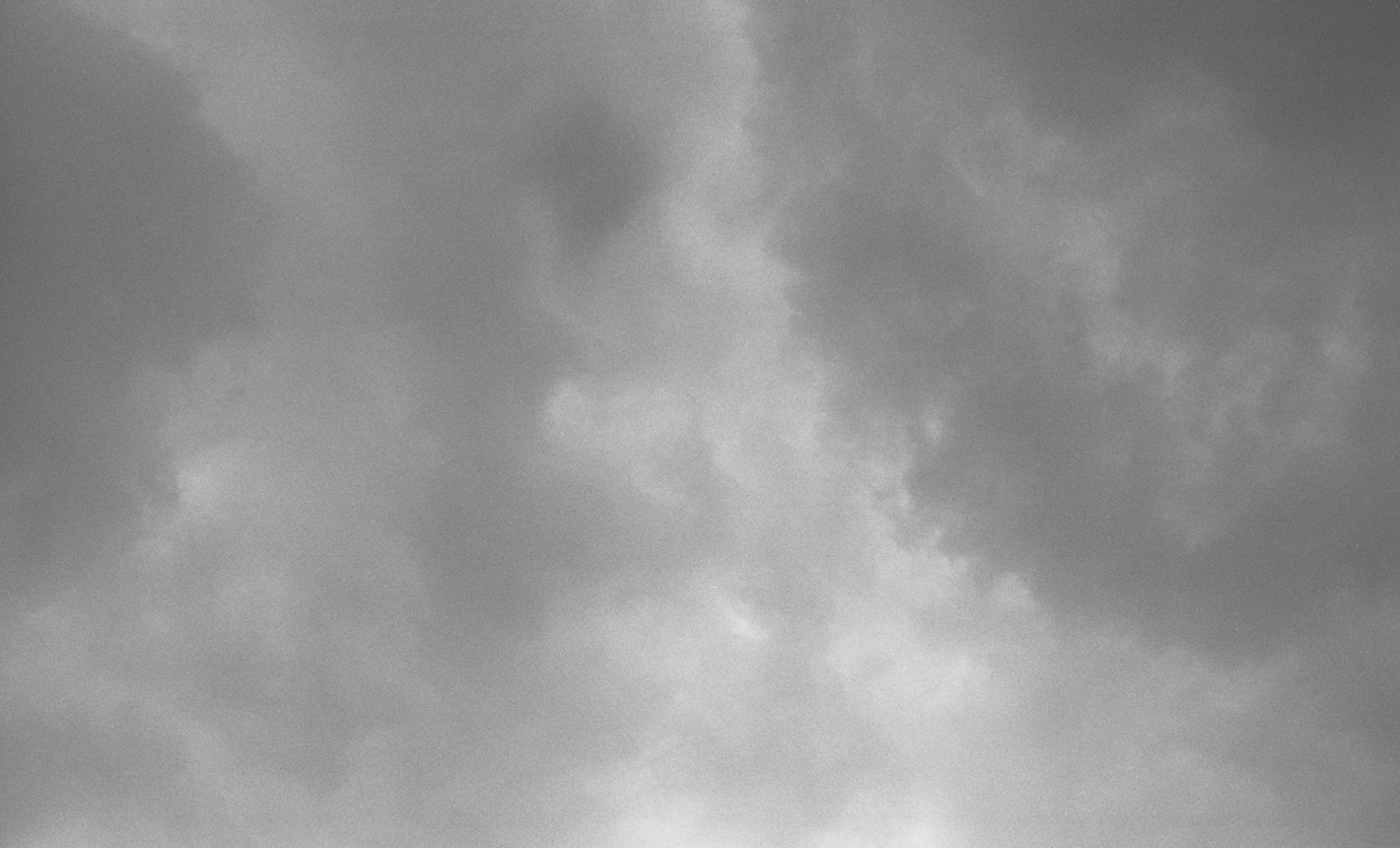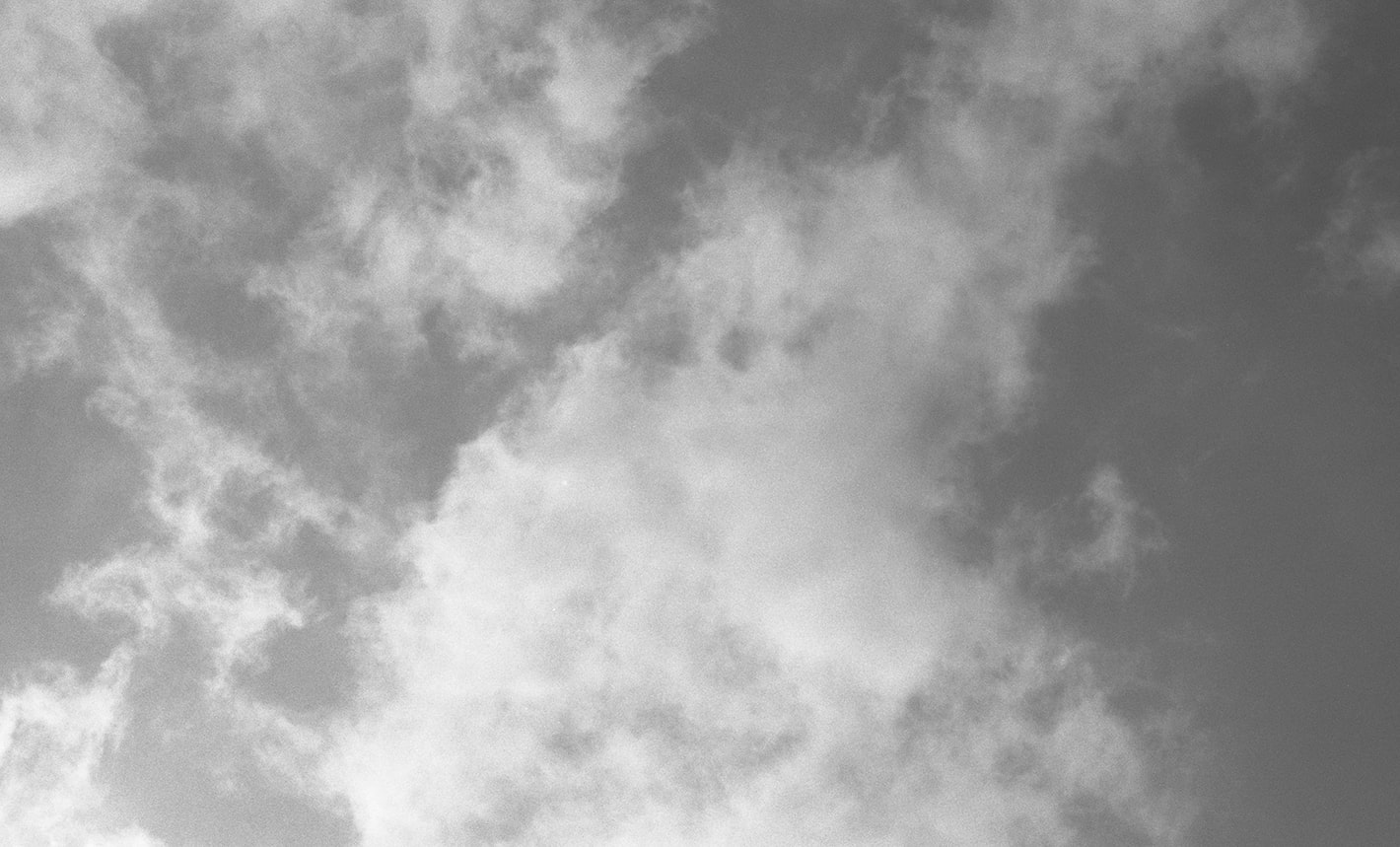Blindspot Gallery is pleased to present “Past-Future Tense”, Leung Chi Wo’s third solo exhibition at the gallery, continuing his articulation of an unprescribed history of Hong Kong across time. Leung’s recent research into the colonial history of Hong Kong introduces a new anchor point set in the year 1982 when negotiations commenced between the Chinese and British governments with regards to the handover of Hong Kong, prompting an unpredictable future for the city.
Leung explores the anonymities embedded within records of the past, facilitating the notion that anyone can become a part of history through reimagining a pre-dated future. In a historical encounter on September 22, 1982, previous British Prime Minister Margaret Thatcher made her first visit to China where she met with the former Chinese Communist Party Leader Deng Xiaoping to discuss the future of Hong Kong following the handover year of 1997. Officials reported that the meeting had failed to reach a verdict but two years after, the Sino-British Joint Declaration was signed.
Surfing through real historical events that read like fiction, Leung investigates the contesting narratives of history. Rather than solely focusing on factual accuracy, he employs a unique approach of “self-searching” which embraces side-tracking and deviating attention from history’s grand narrative. Disparate timelines converge in the handwritten notes of Margaret Thatcher (derived from National Archives, London), the first official photograph celebrating the birth of Prince William, and archival footages from TV news. The result is a constellation of past events seen in a new rendition, opening up new possibilities for the interpretation of history, an antidote to the saying: “history is written by the victors.”


